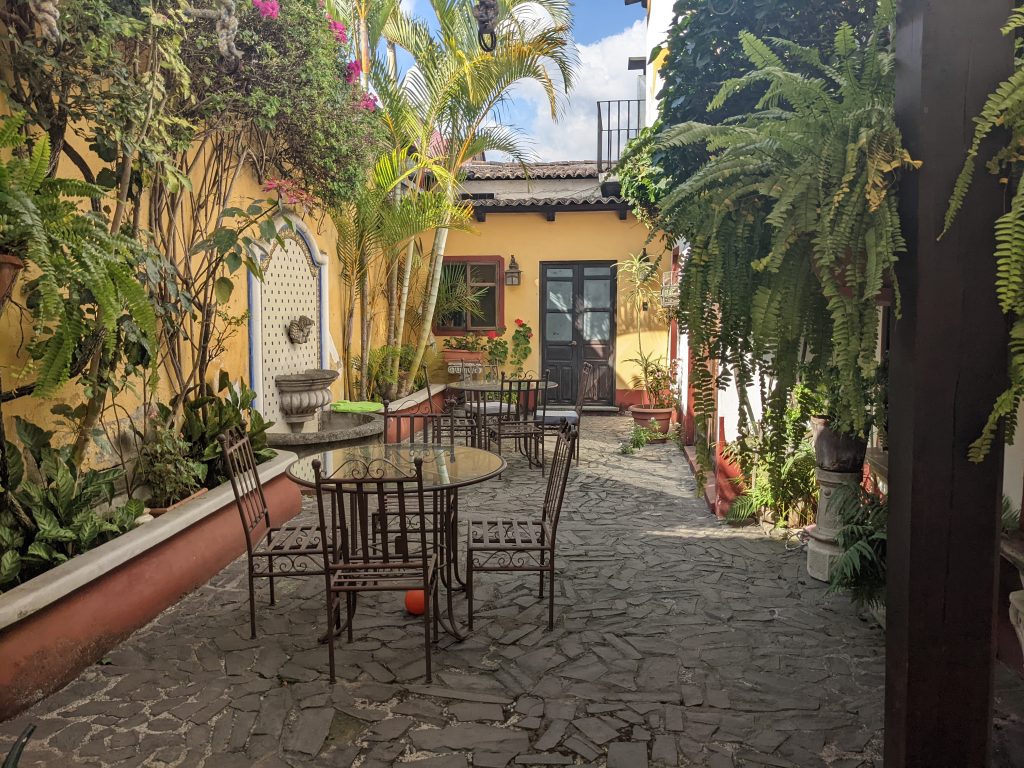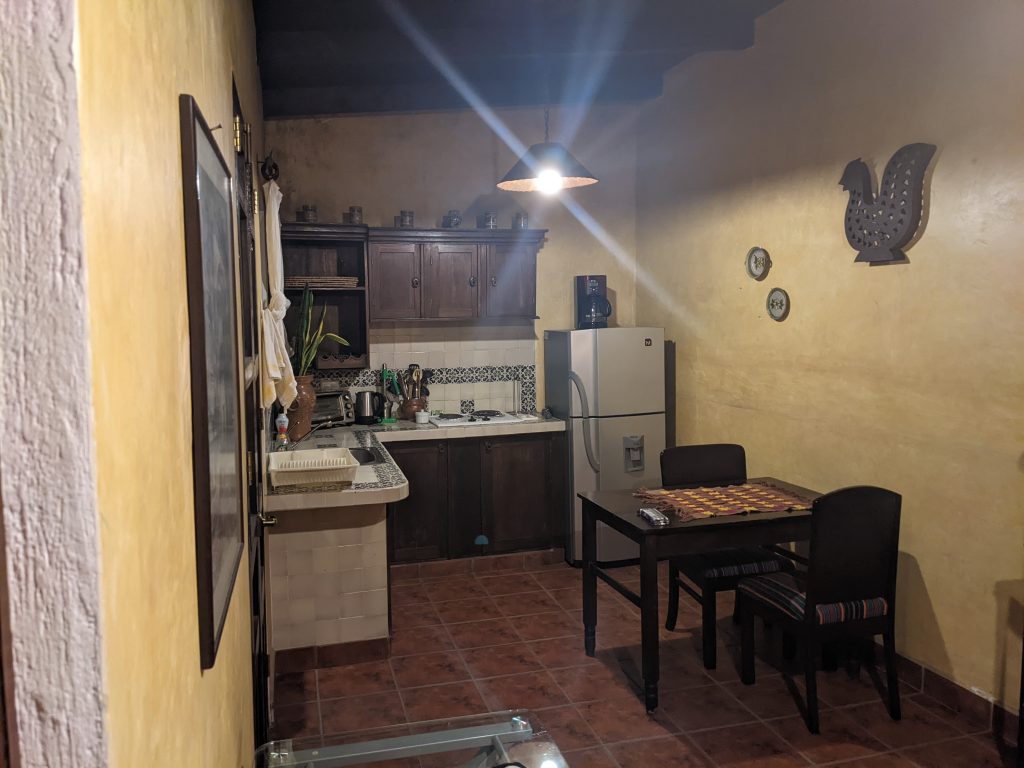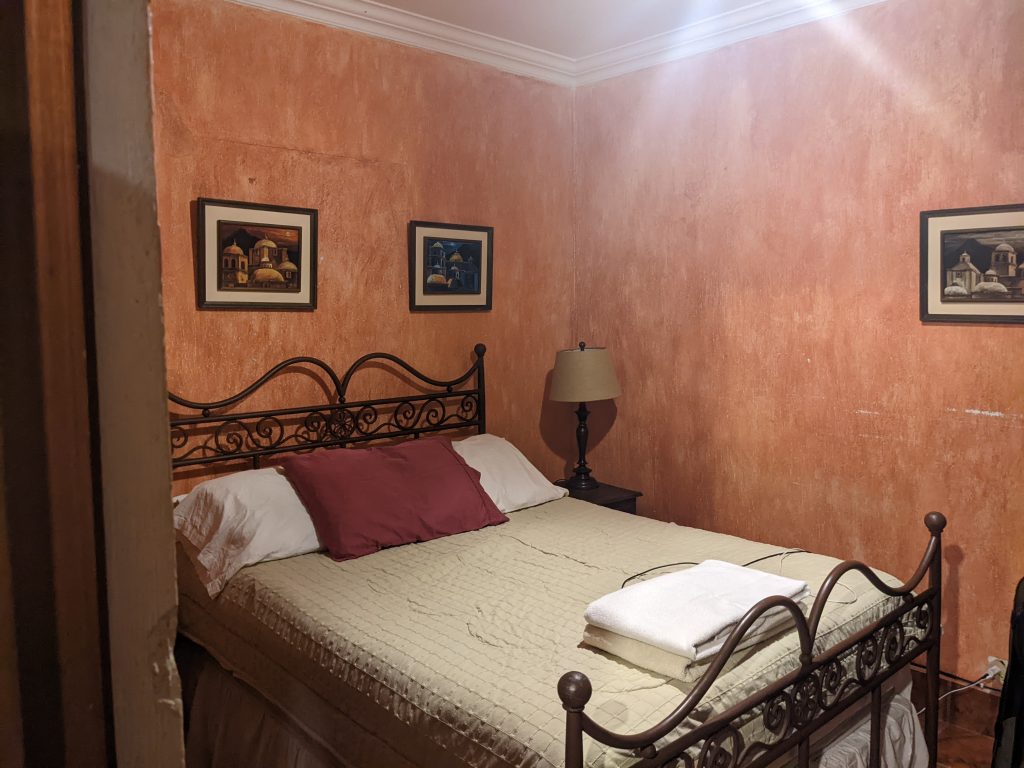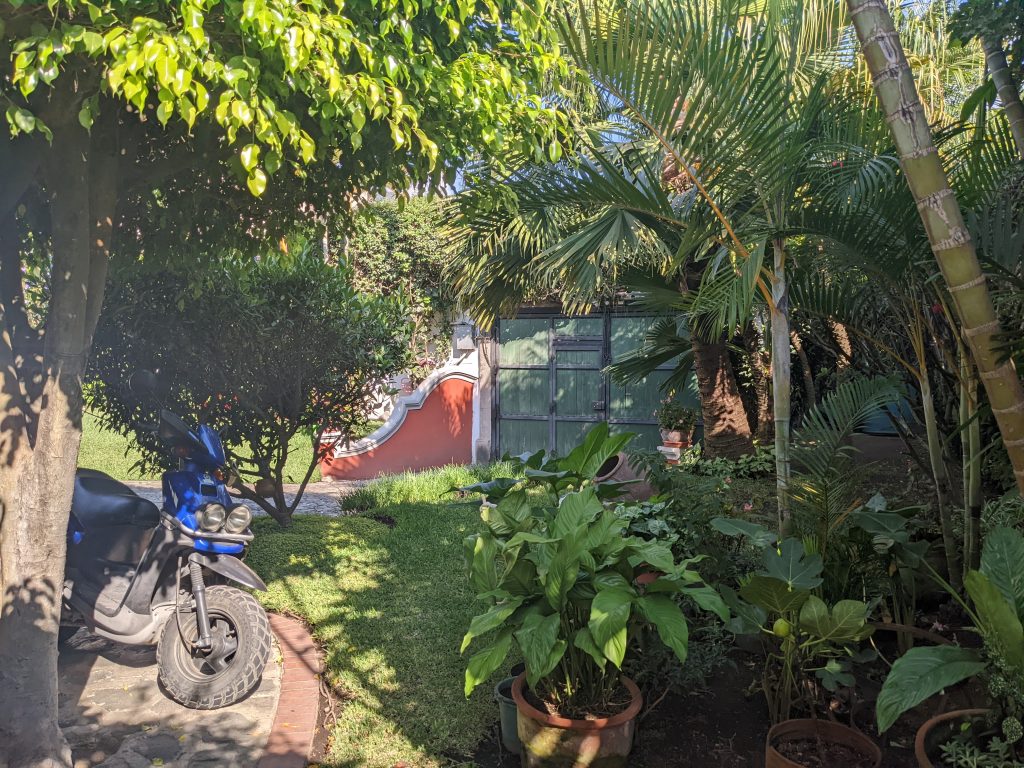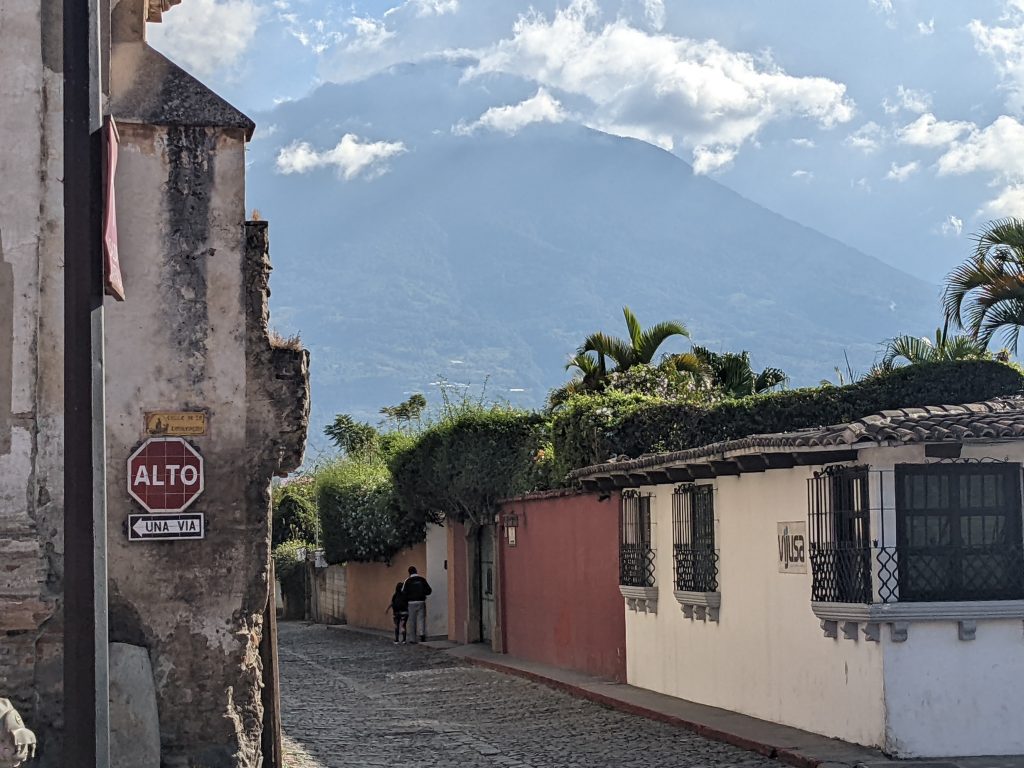Once upon a time there was a beautiful town called Antigua. It was set high in the hills and pilgrims flocked from all over the world to behold its architecture, museums, food and overall ambience. But this pristine town was in the shadow of an evil mountain called Volcan de Fuego. It was guarded by a fire breathing dragon that caused the mountain to constantly erupt with loud groans, flames of fire, and gaseous clouds. One fine day a group of brave knights ventured to the top of neighboring Volcan Acatenango to try to calm this dragon and appease its anger. These knights were unsuccessful in their endeavors to tame the beast, and the climbing up and back kicked their gallant asses. But the views, the fireshows and the volcanic rumblings were spectacular to behold and they all relished their small adventure.
Volcan de Fuego
About 10 miles west of Antigua are the attached volcanoes of Fuego and Acatenango. Acatenango is dormant, but Fuego has continuous eruptions; smaller ones about every 15-20 minutes and larger ones every hour or so.
I was part of a tour that did a 4.5 hour hike from about 1500 meters (5,000 feet) to a base camp on Acatenango at about 3500 meters (11,500 feet). We then spent hours at the base camp looking across at Fuego as it continuously erupted. As the pictures and videos below show, it was an amazing experience. Unfortunately, the videos weren’t able to pick up how loud some of the eruptions were. The bigger ones would sound like booming rounds of rolling thunder.
It was also a very cold and uncomfortable experience. It was around 0 degrees Celsius at camp with moderate winds. While the tour company was great overall and had a ton of gear for us, most of it was well used. My outer jacket zipper didn’t work (which I didn’t notice at the shop) and neither of the pairs of gloves I borrowed helped much. Between the altitude, the cold, and the cramped sleeping arrangements, no one slept much that night. And everyone was extremely sore from the hiking when we got back the next day. But we all felt the trip was a wonderful adventure.
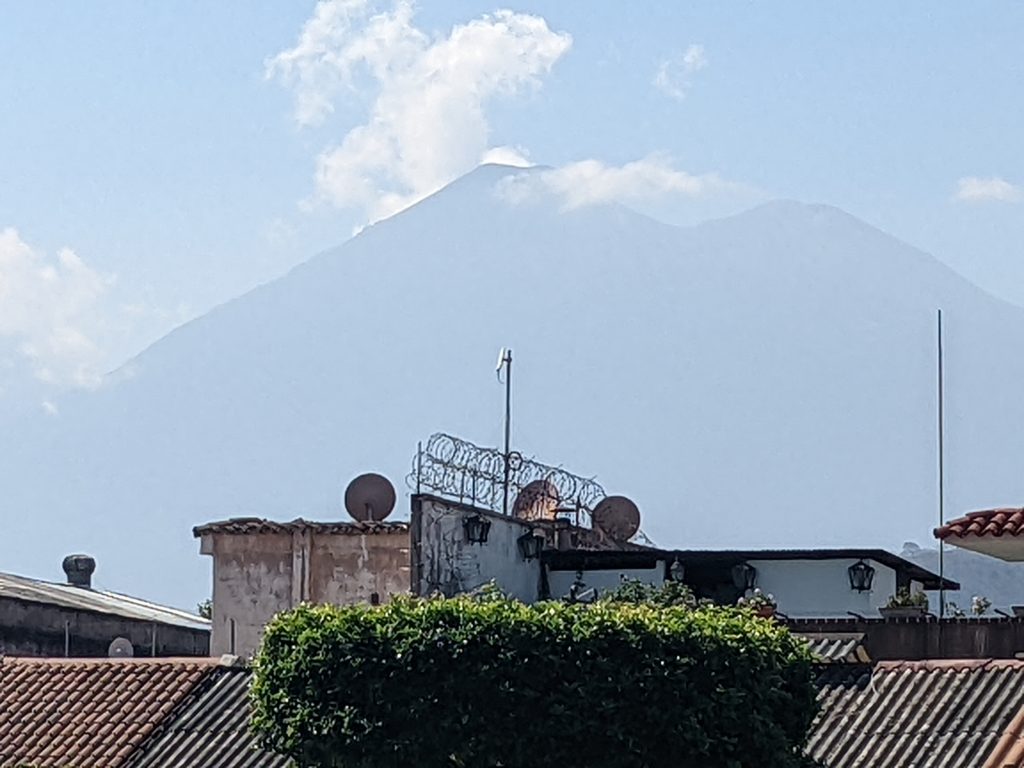
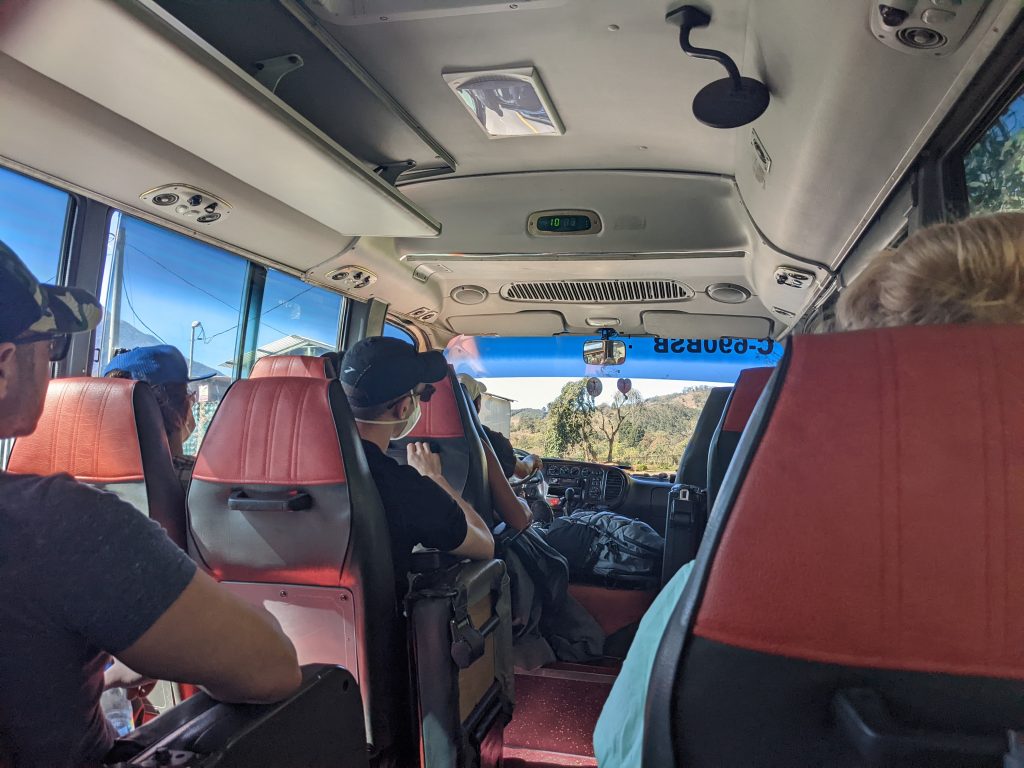
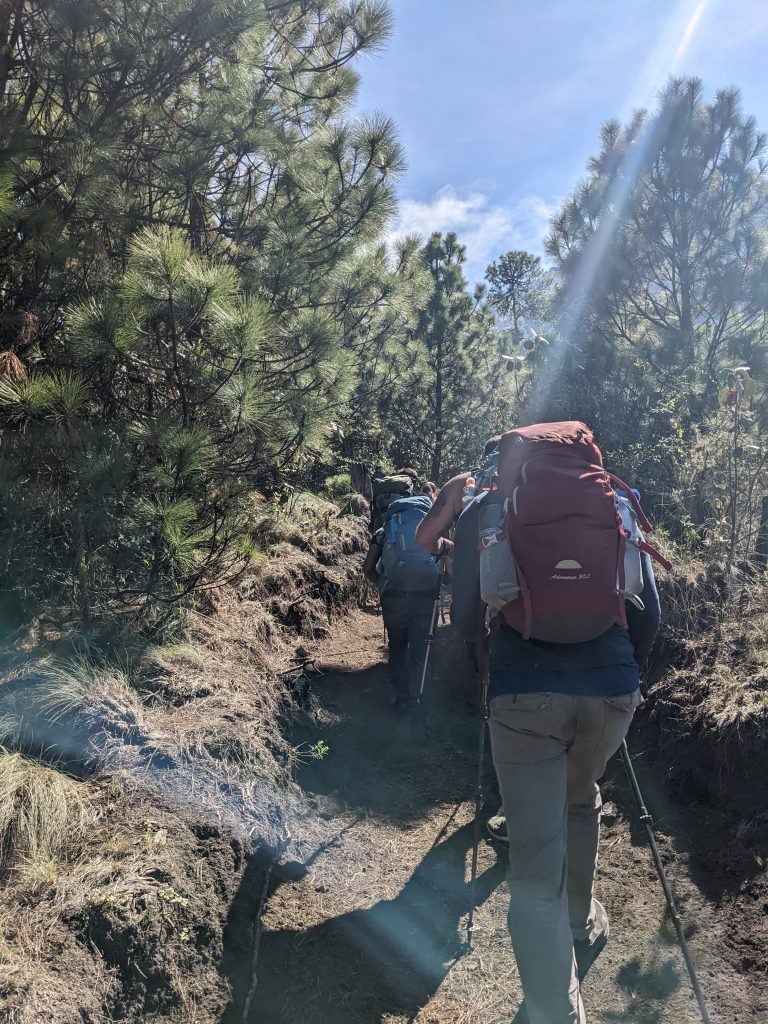
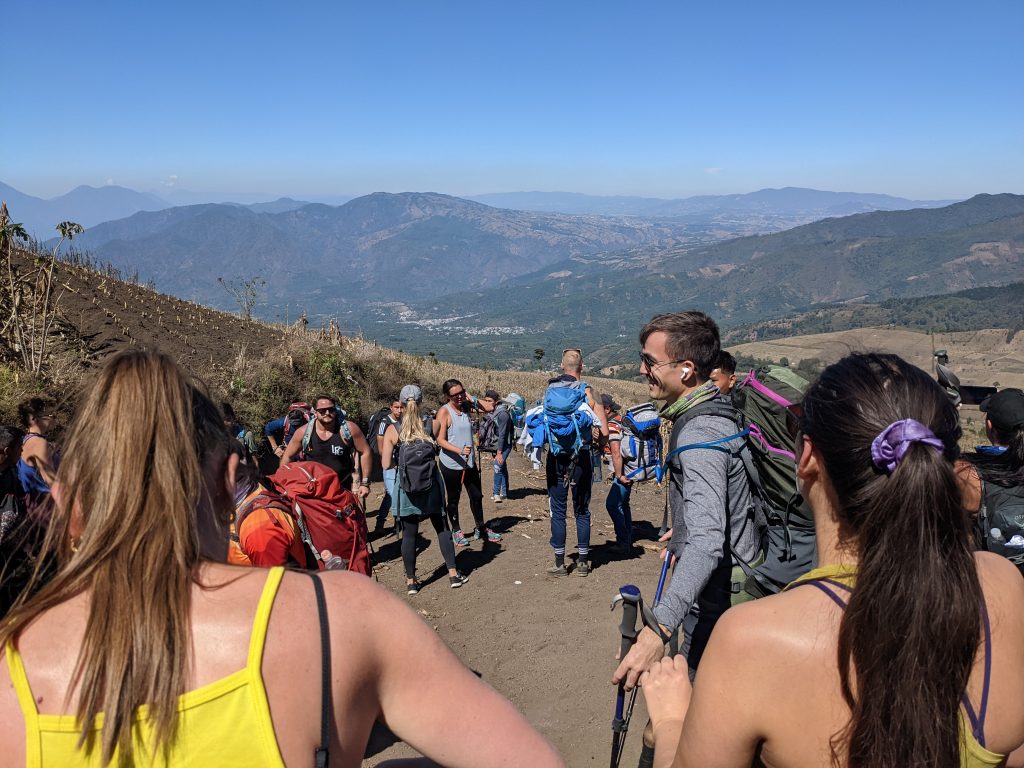
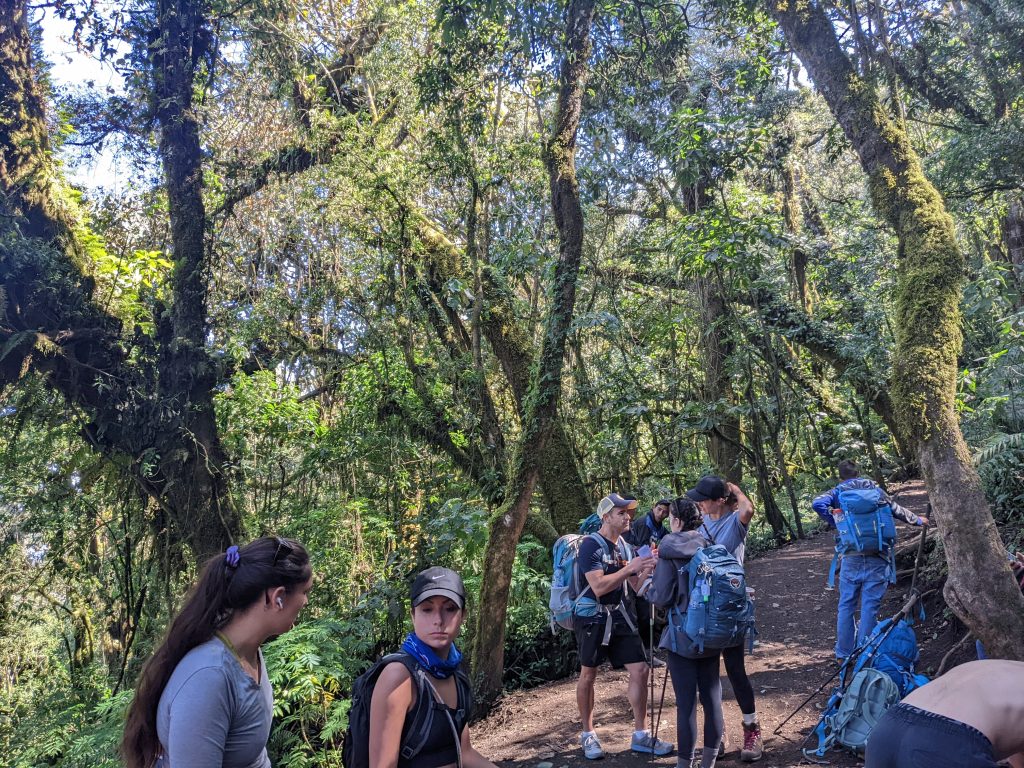
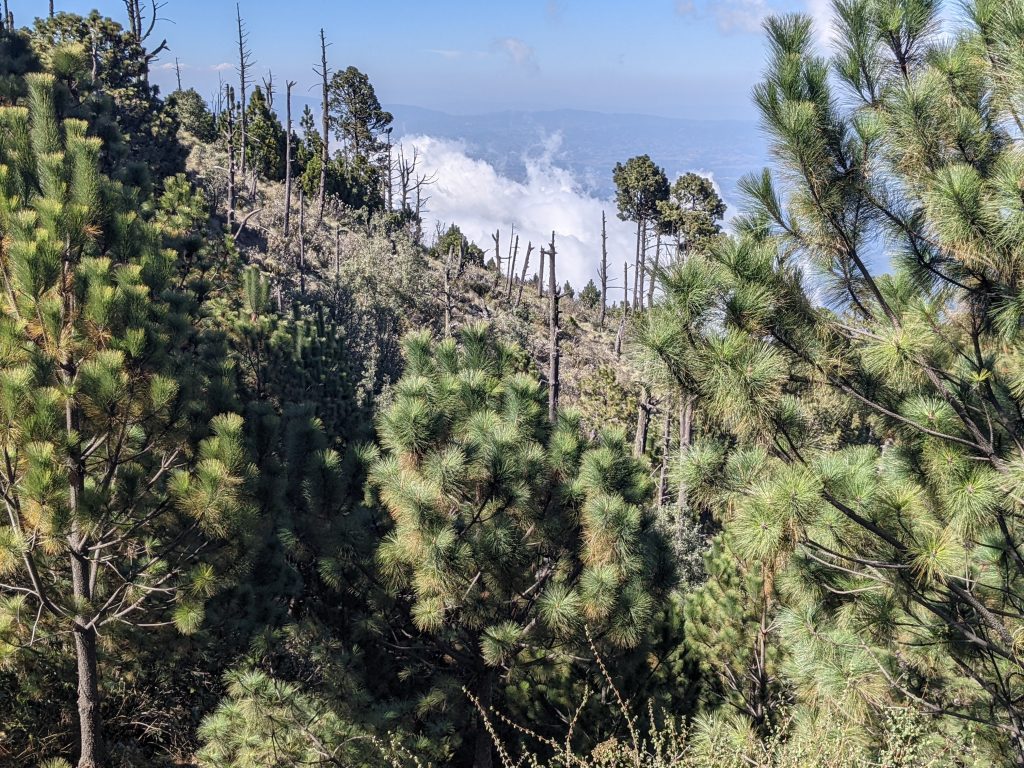
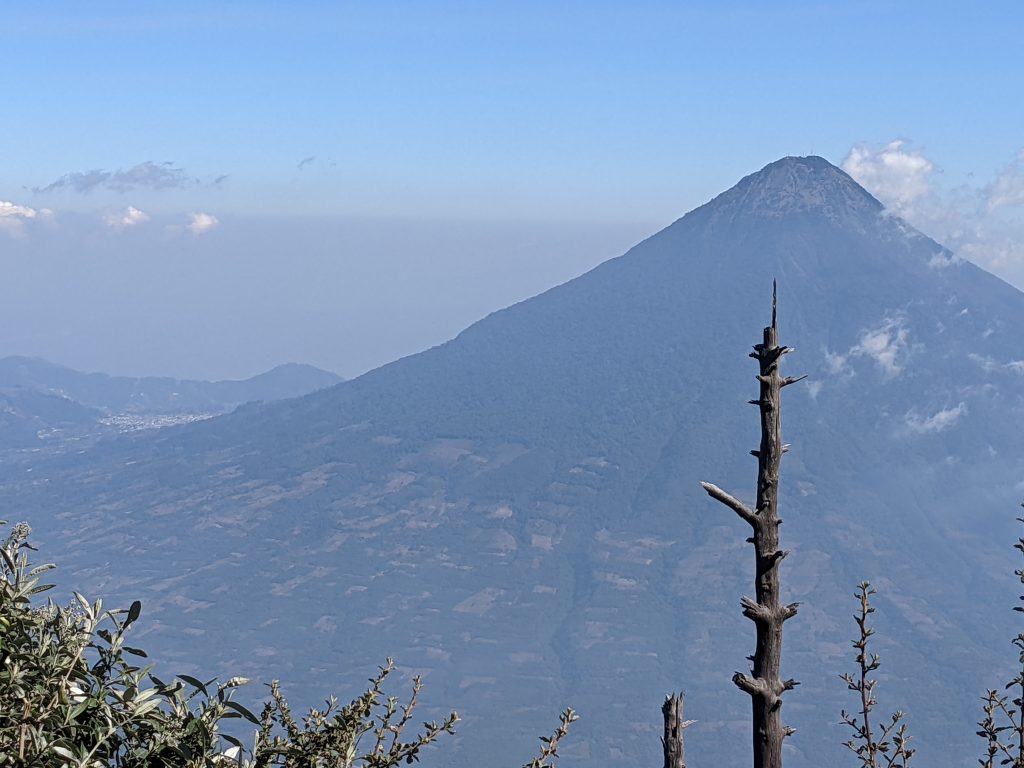
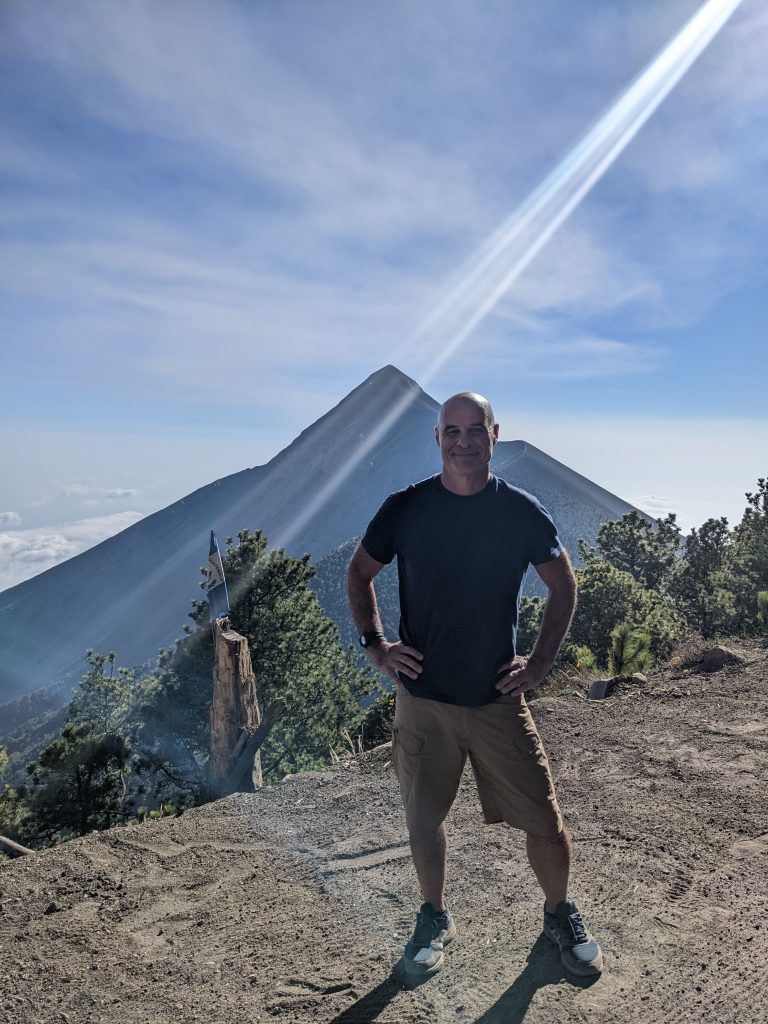
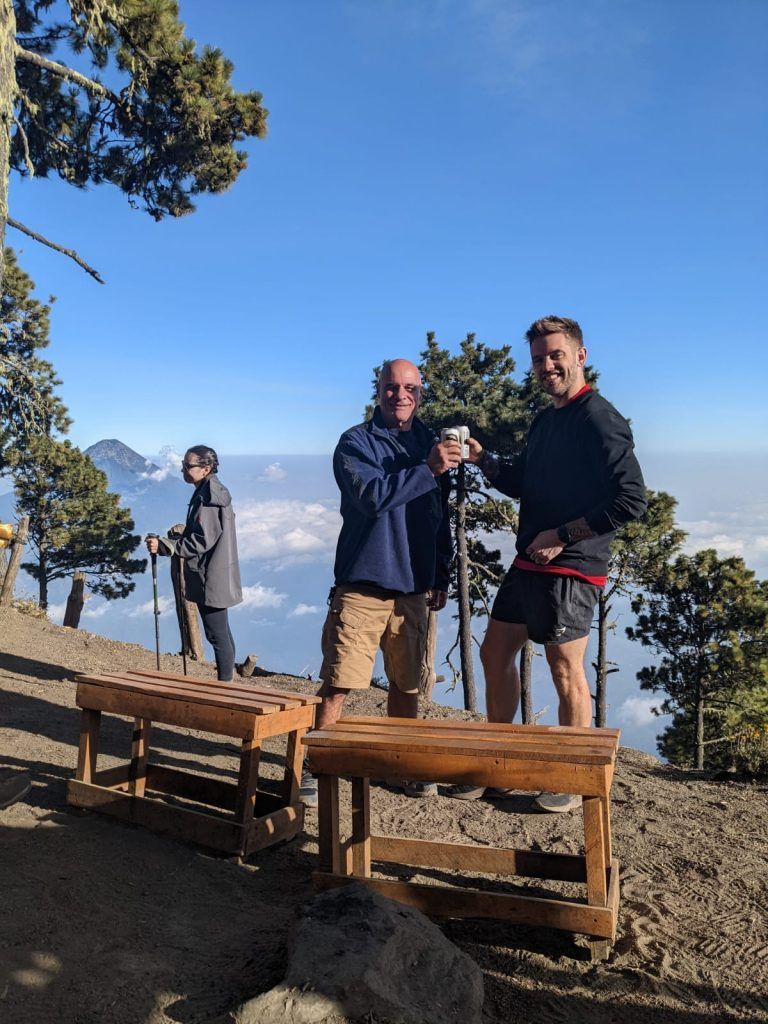
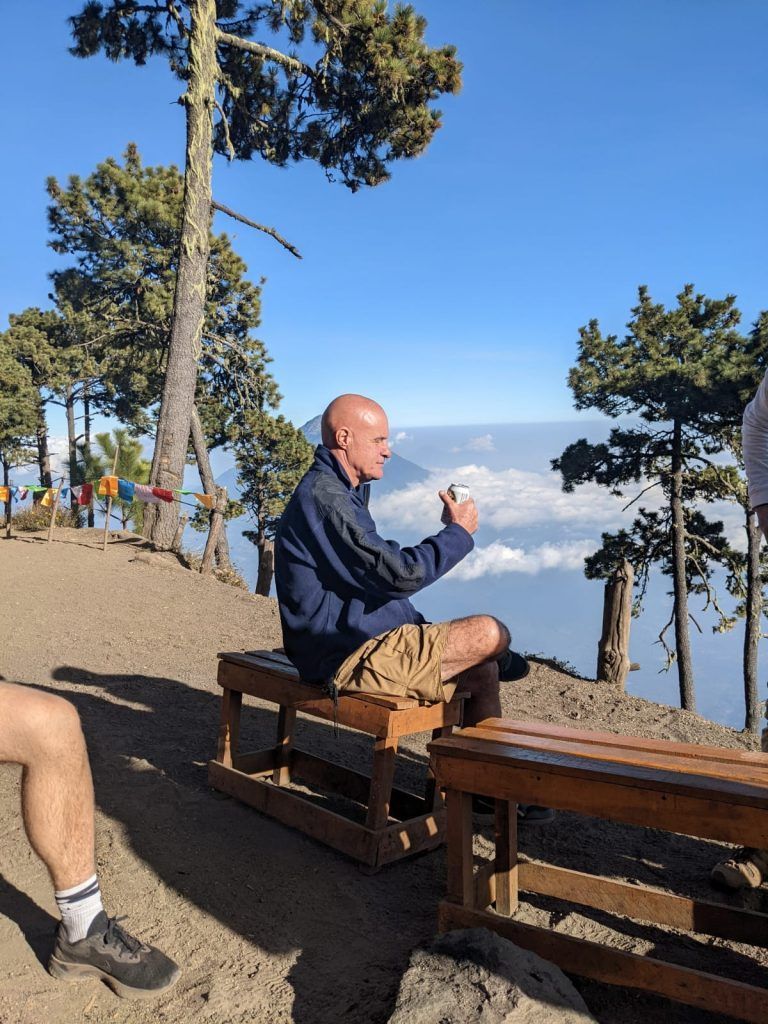
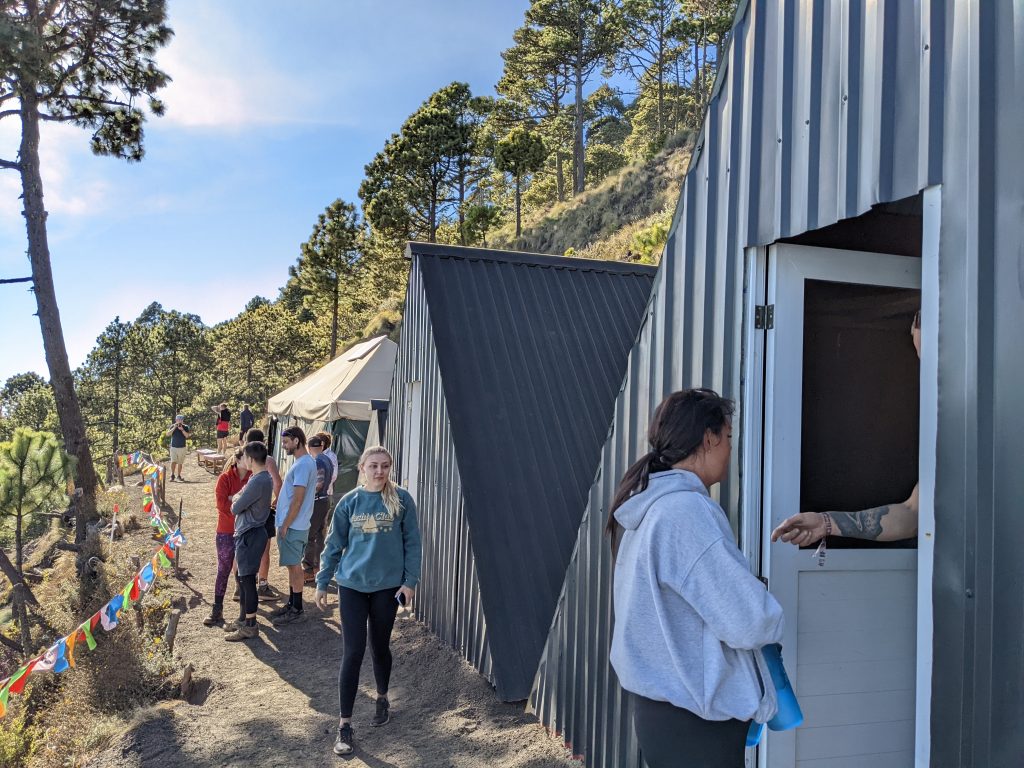
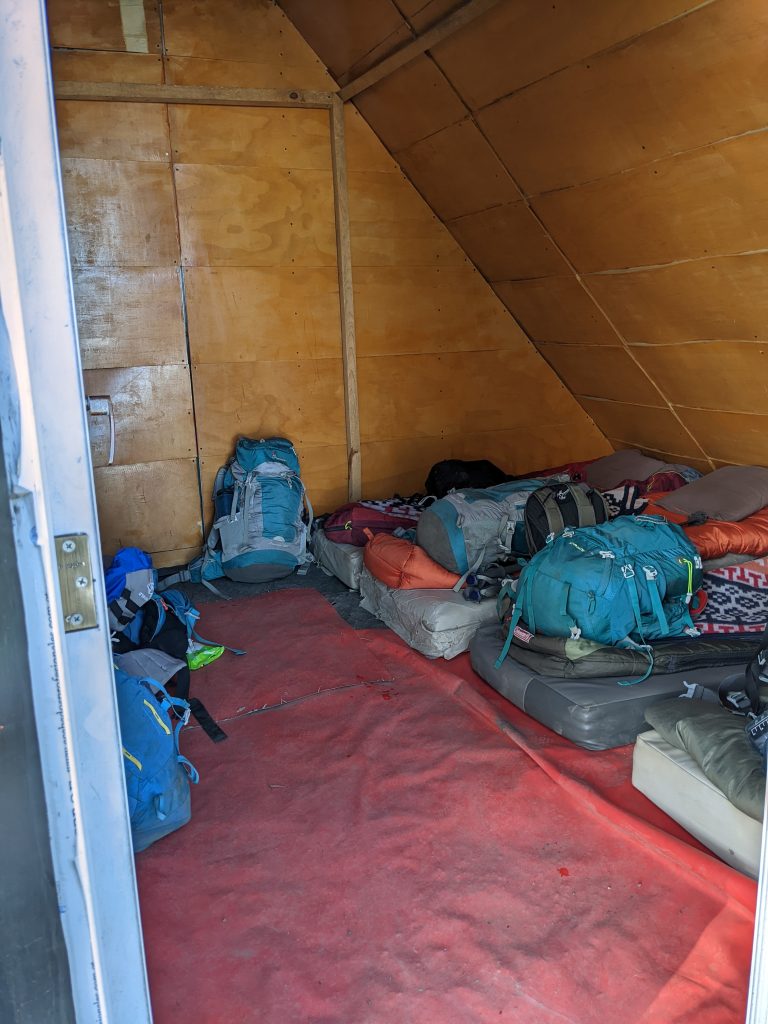
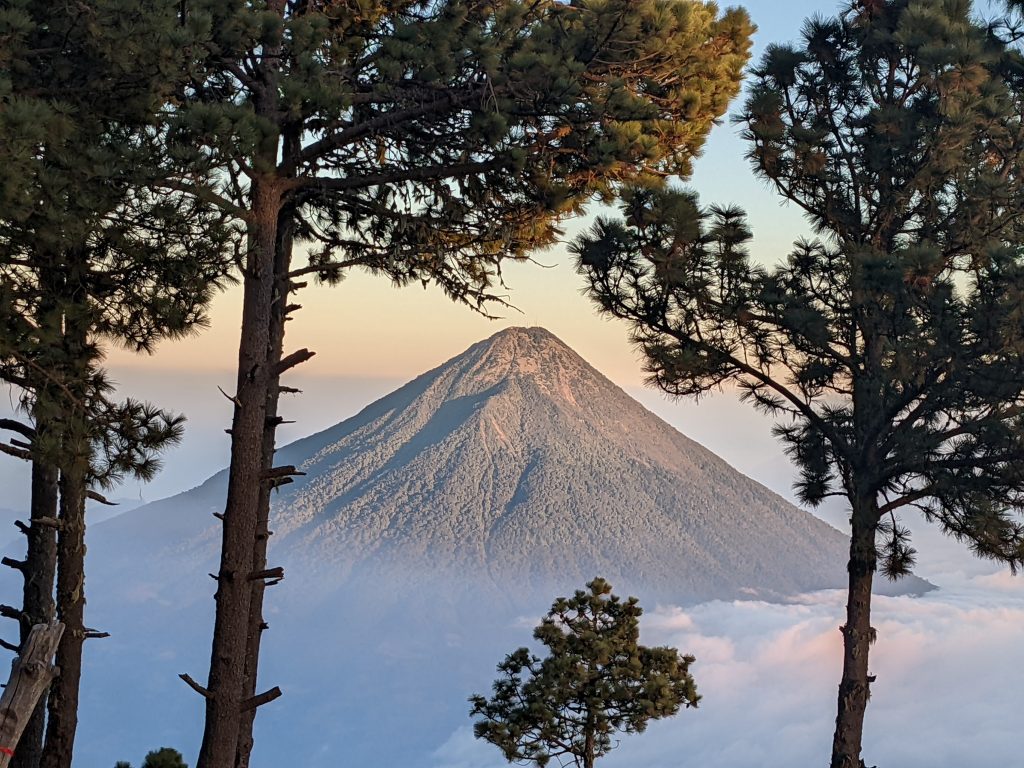
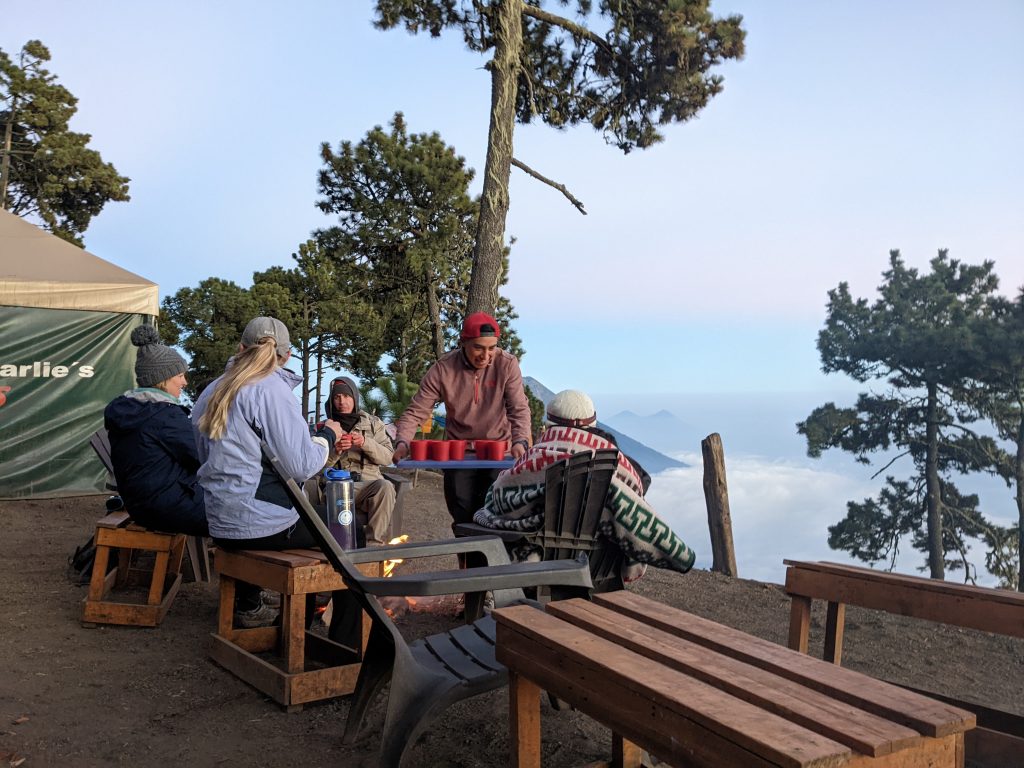
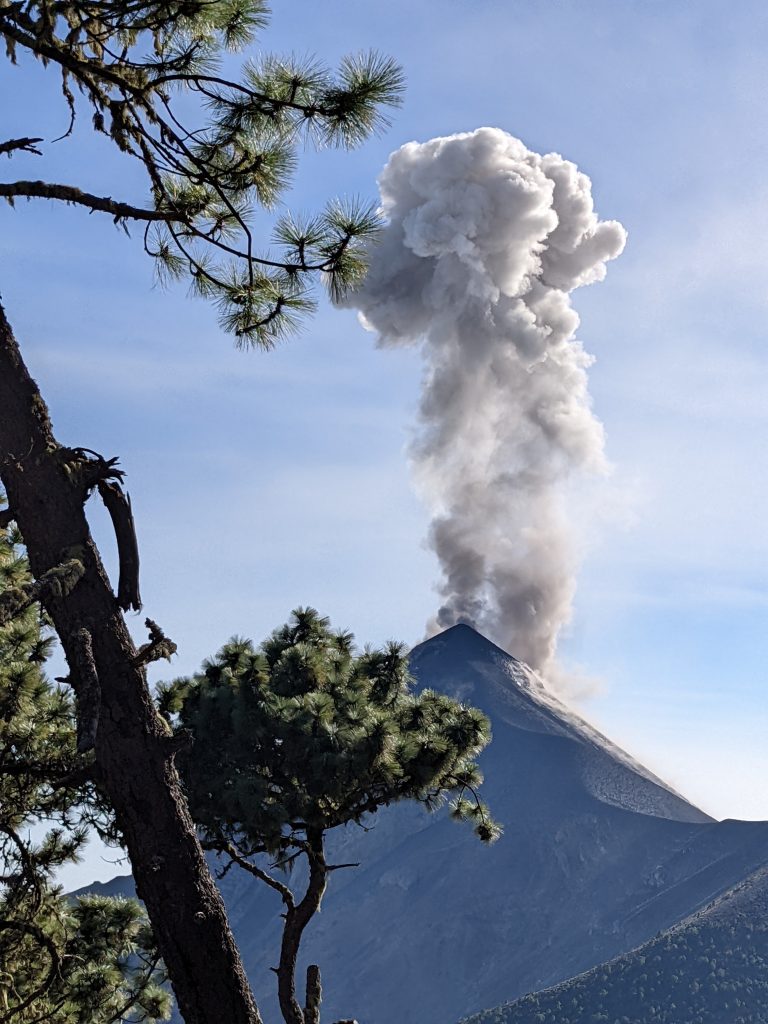
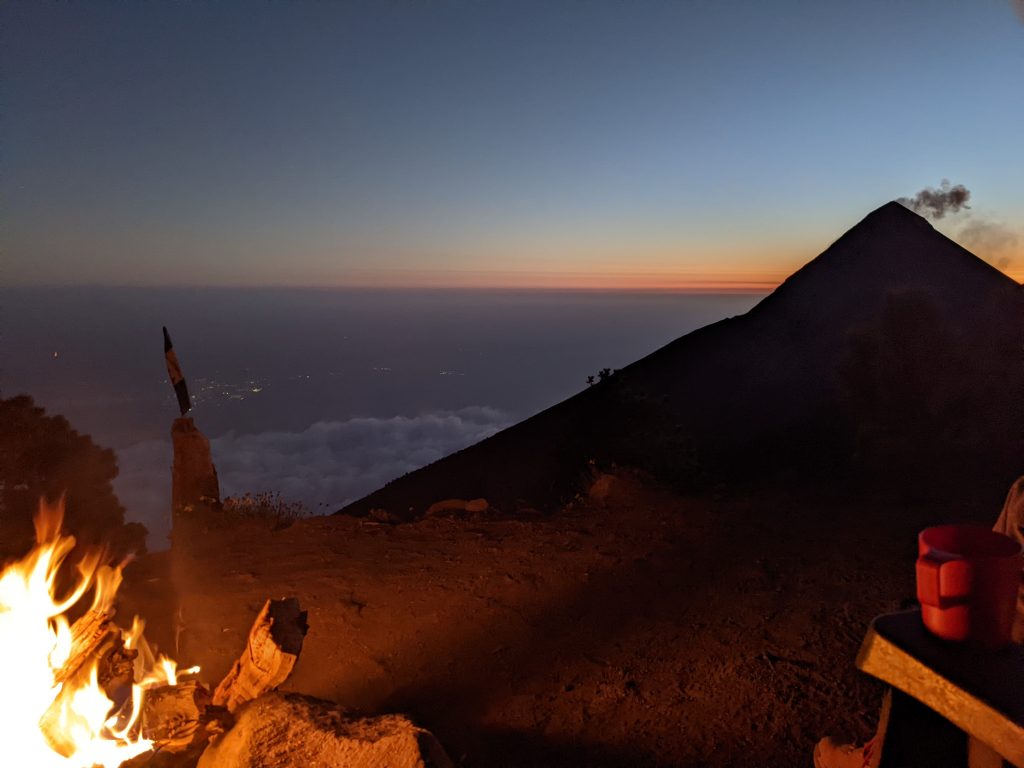
One of the options we had was to do a second 4.5 hour round trip hike to the base of Fuego itself. After just hiking 4.5 hours to get to the basecamp, I didn’t think I could make it. About half of our party did it. As you can hear a bit on the video below, all of them said it was the hardest thing they’ve ever done, coming on the heels of our first hike. The first few arrivals were ecstatic about the experience, but most were pretty miserable. While they got very close to the base of the volcano, for some reason no one I talked to really felt the experience was that powerful relative to the pain of the hike. They had to hike down a few hundred meters, then up to Fuego and then do it again on the way back in the dark with their headlamps. And it was insanely cold and windy at the exposed ridge they spent most of their time at.
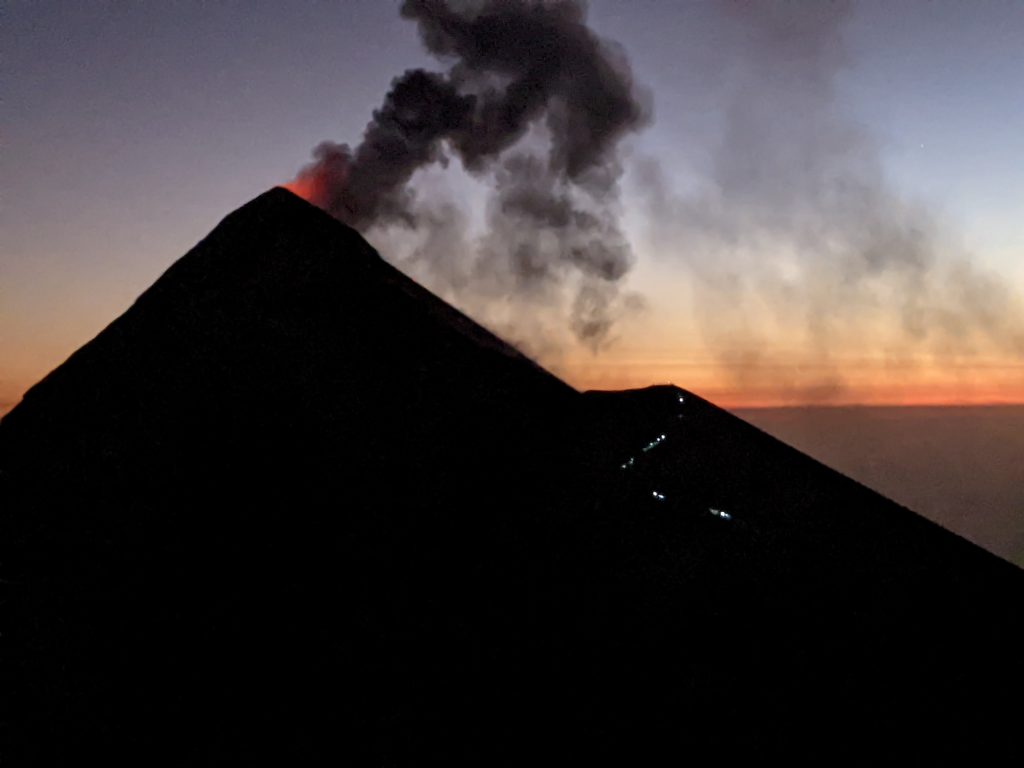
There was a second option to hike up to the 3976 meter (13,000 foot) summit of Acatenango in the morning to watch the sunrise. Only a few people in our group did that. The views were already incredible at our camp and it would have involved a 4am wakeup call as well as another one hour hike in the dark, much of it on loose volcanic ash.
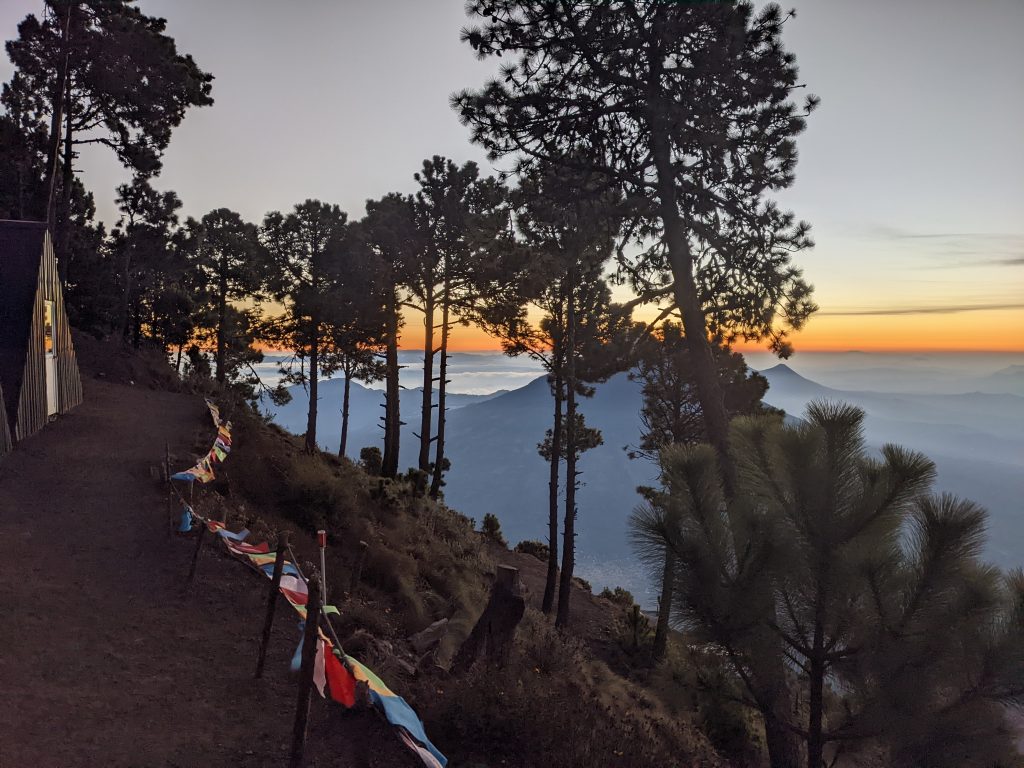
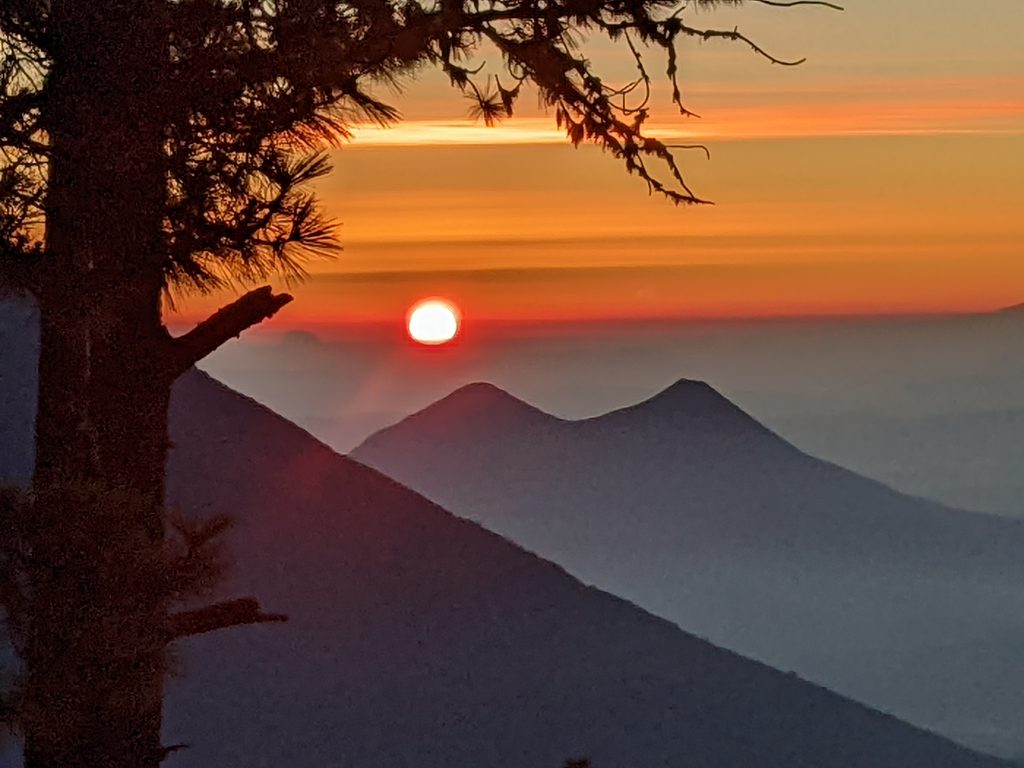
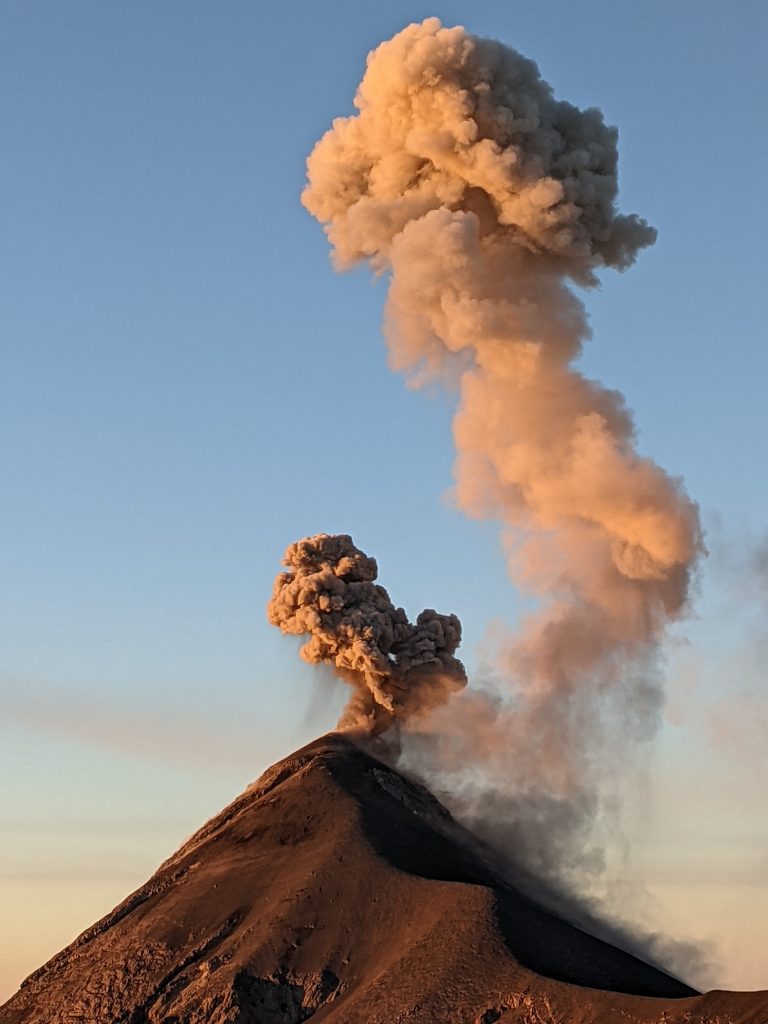
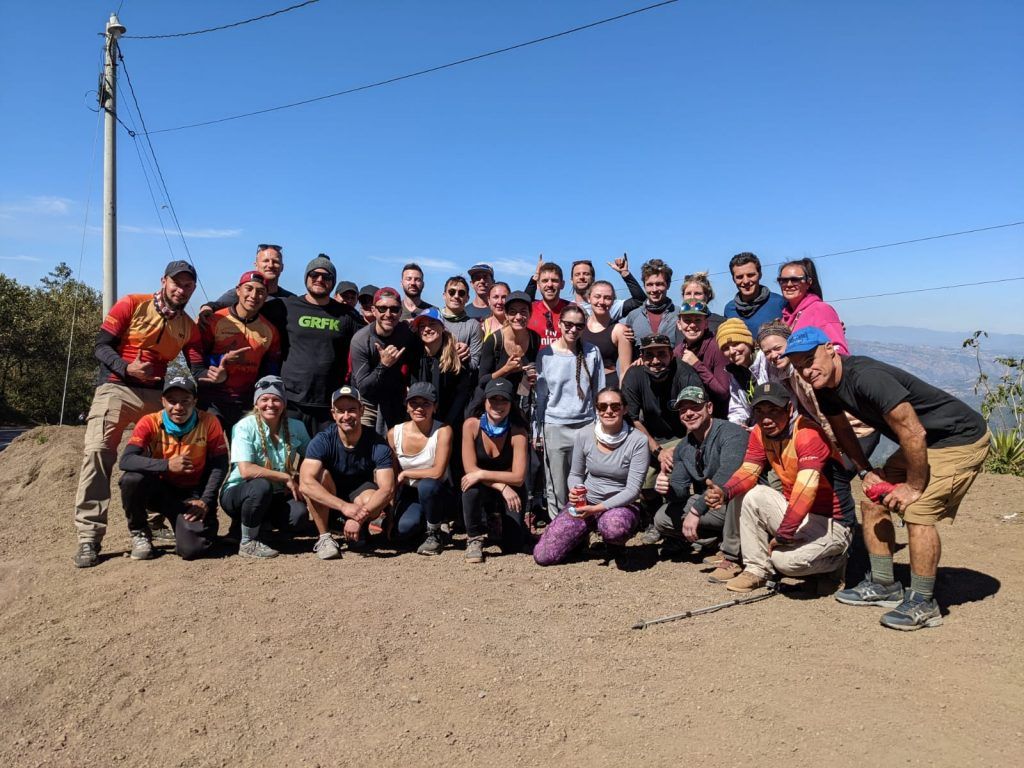
Antigua
Antigua is an incredibly beautiful colonial town with a really nice vibe about it. It was founded by the Spanish in 1543 and was the capital of Central America and much of southern Mexico for over 200 years. After numerous powerful earthquakes, culminating in the 1773 Santa Marta quake, the capital was moved in 1776 to present day Guatemala City.
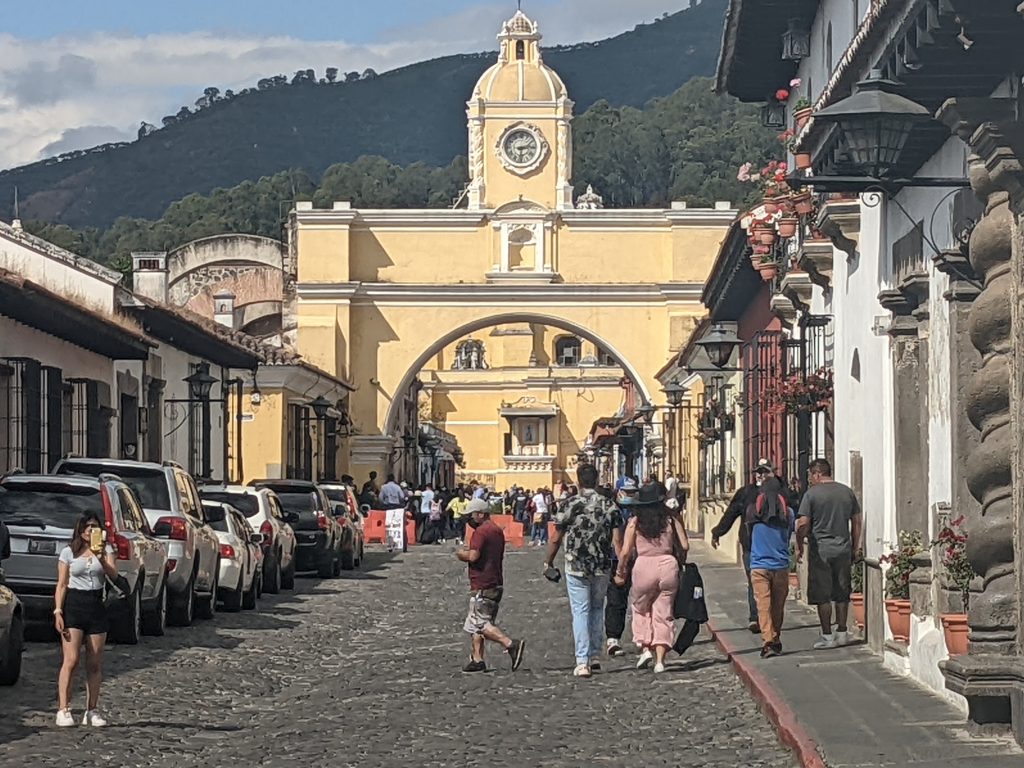
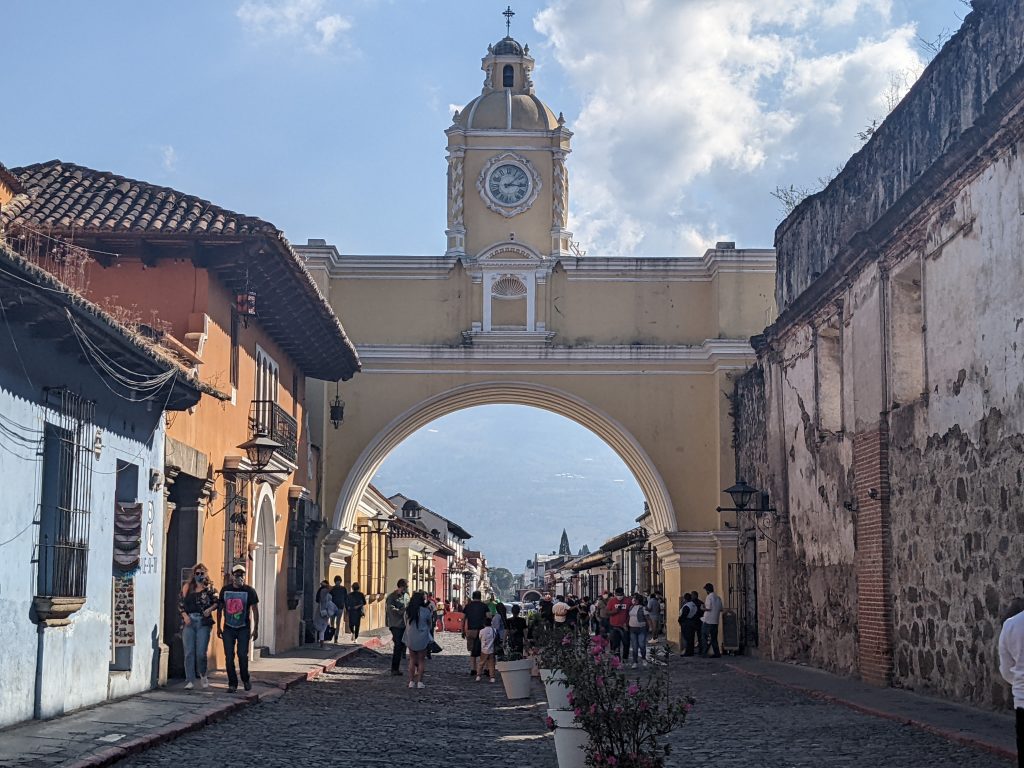
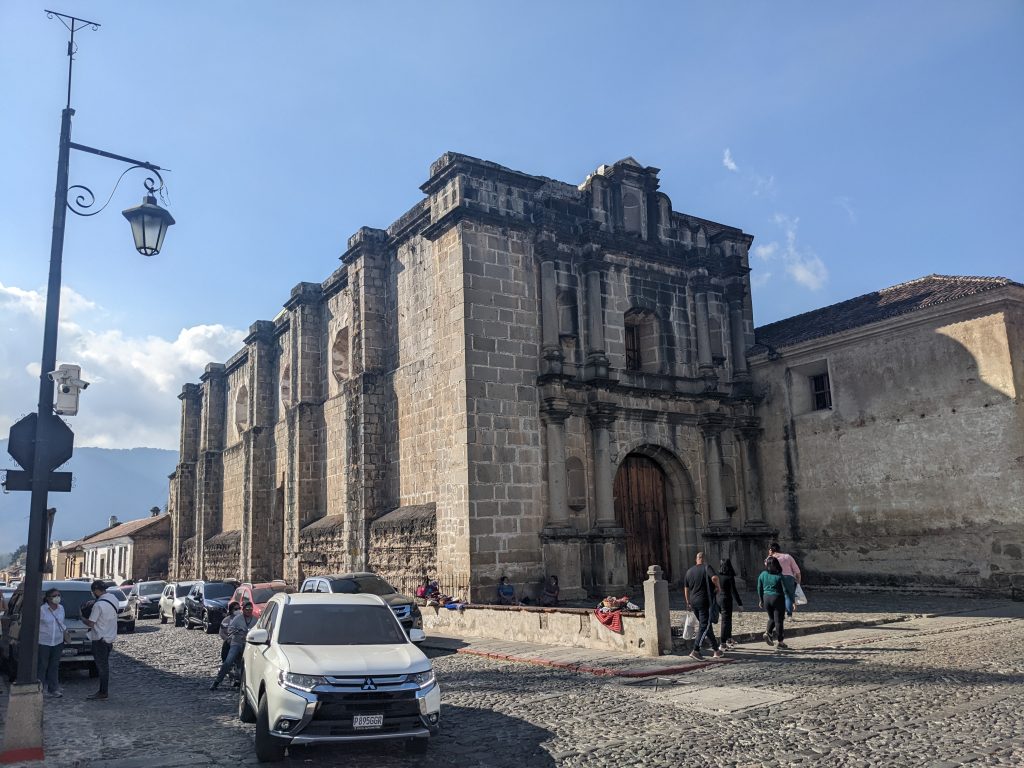
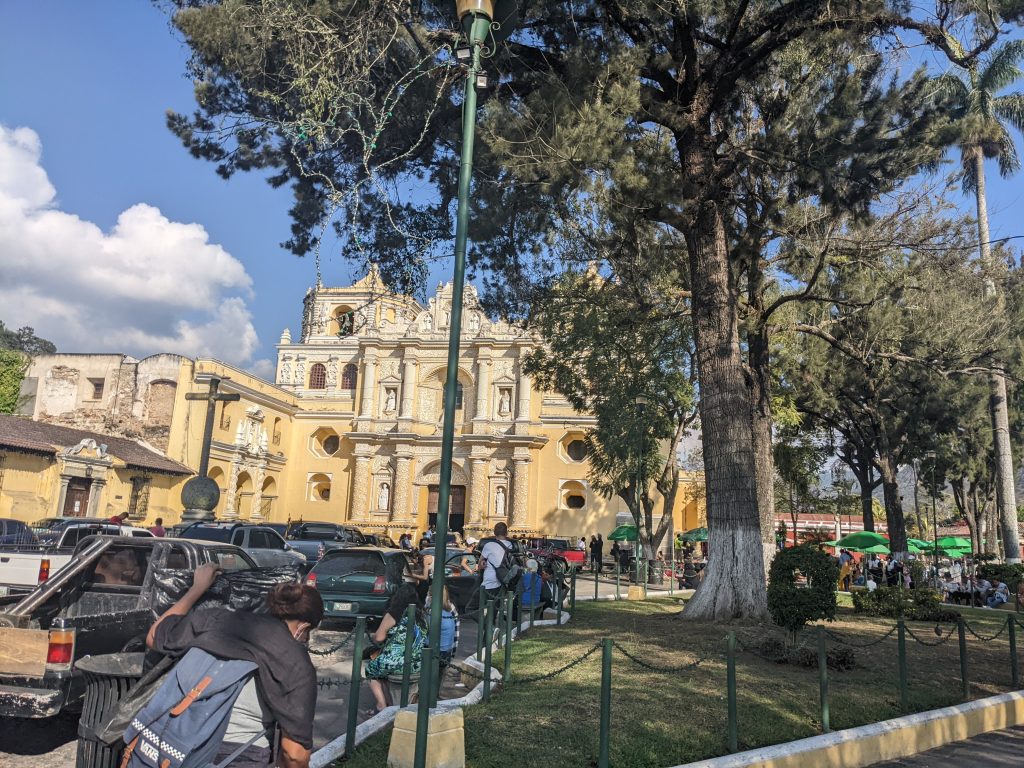
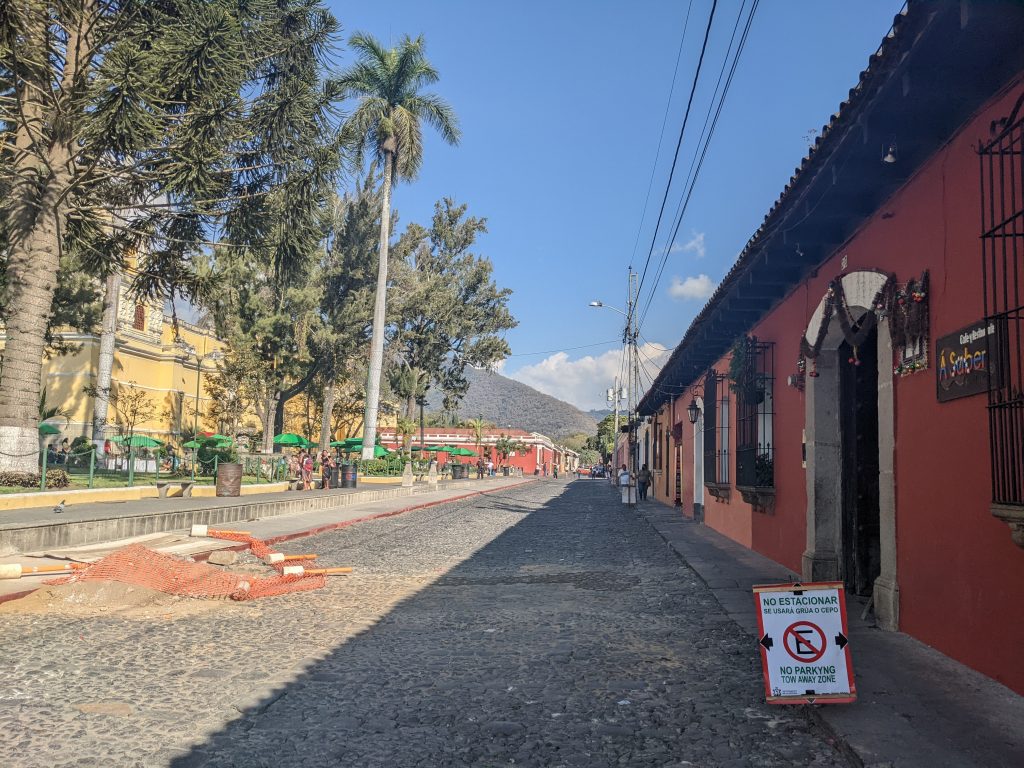
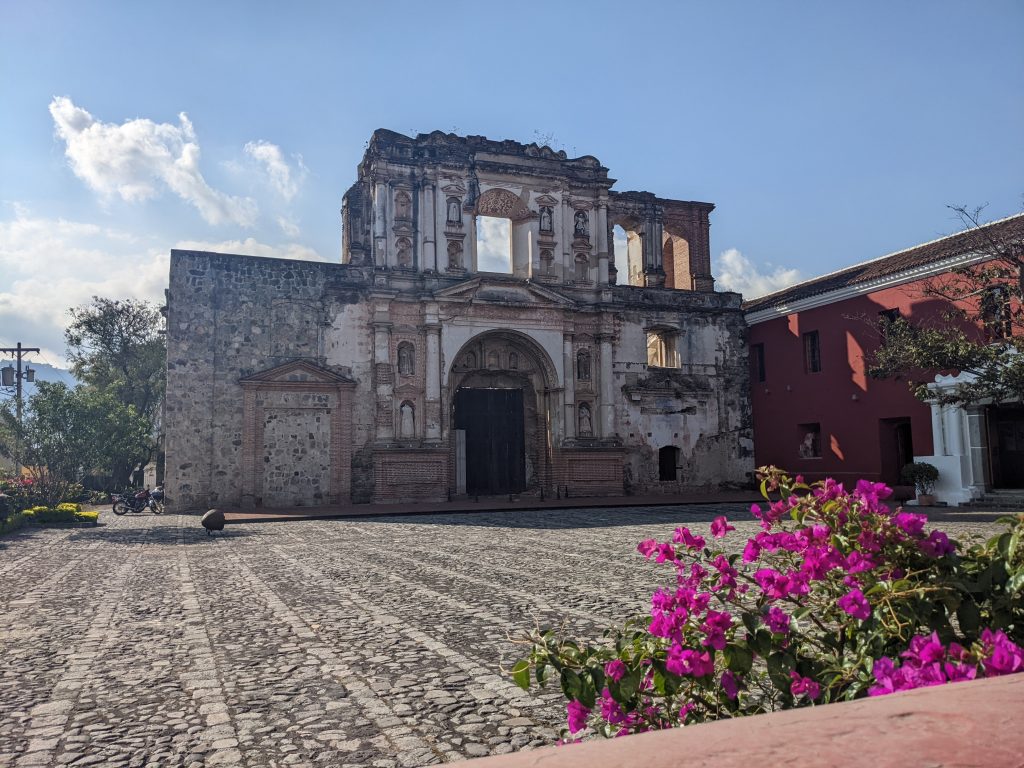
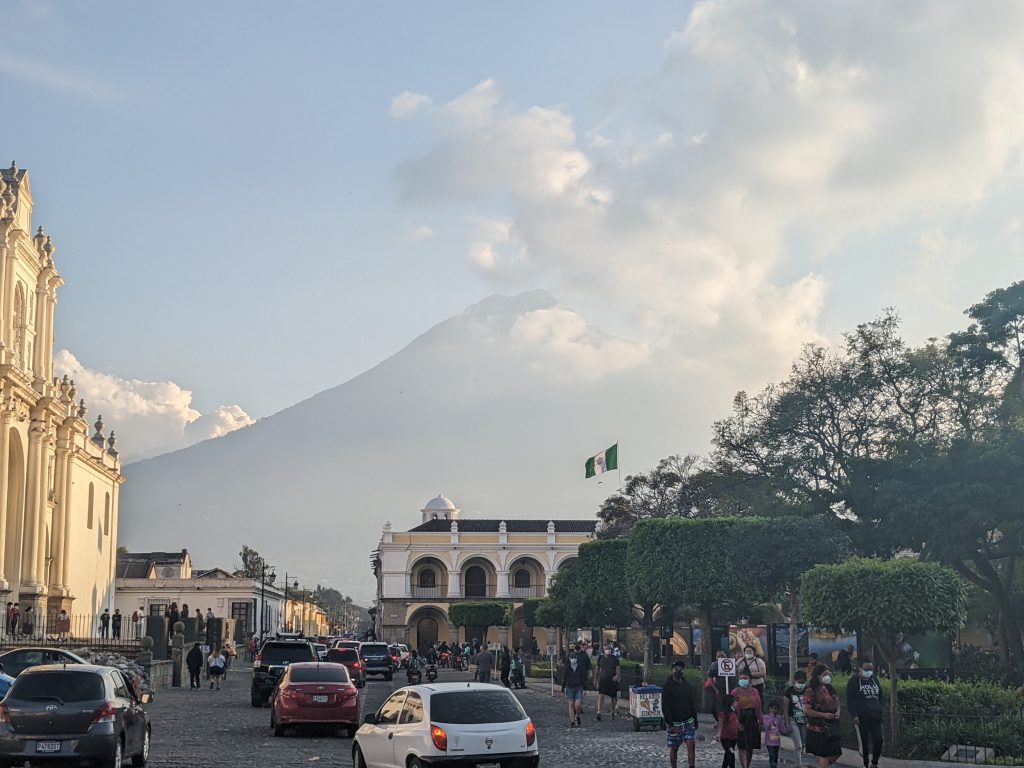
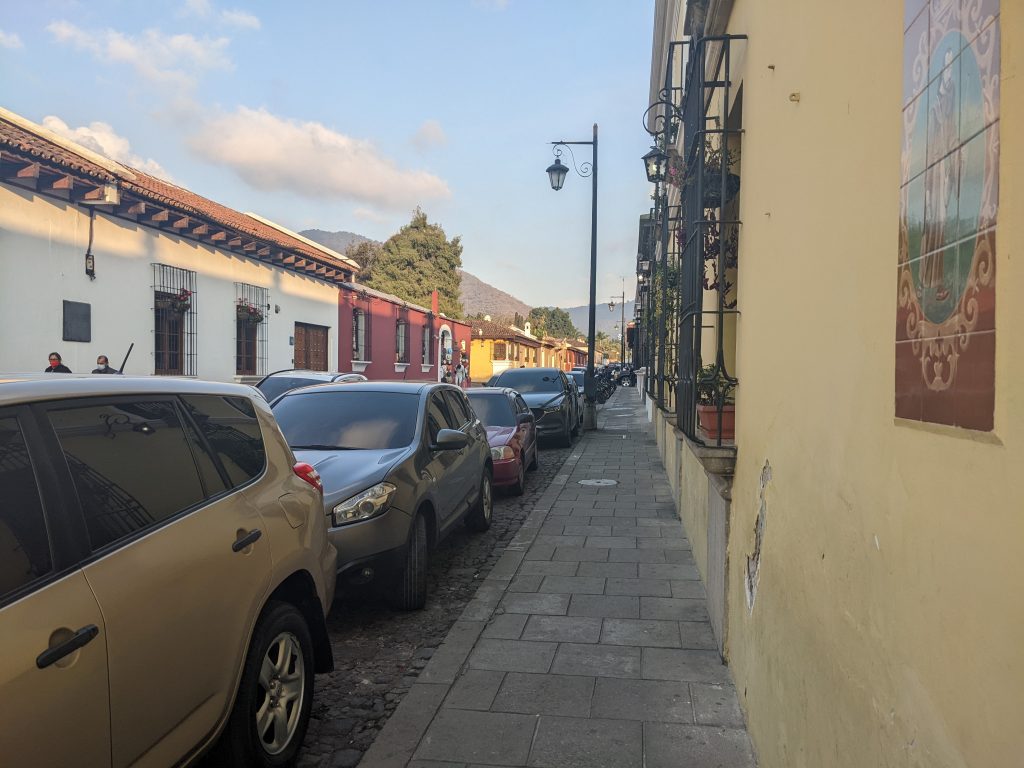
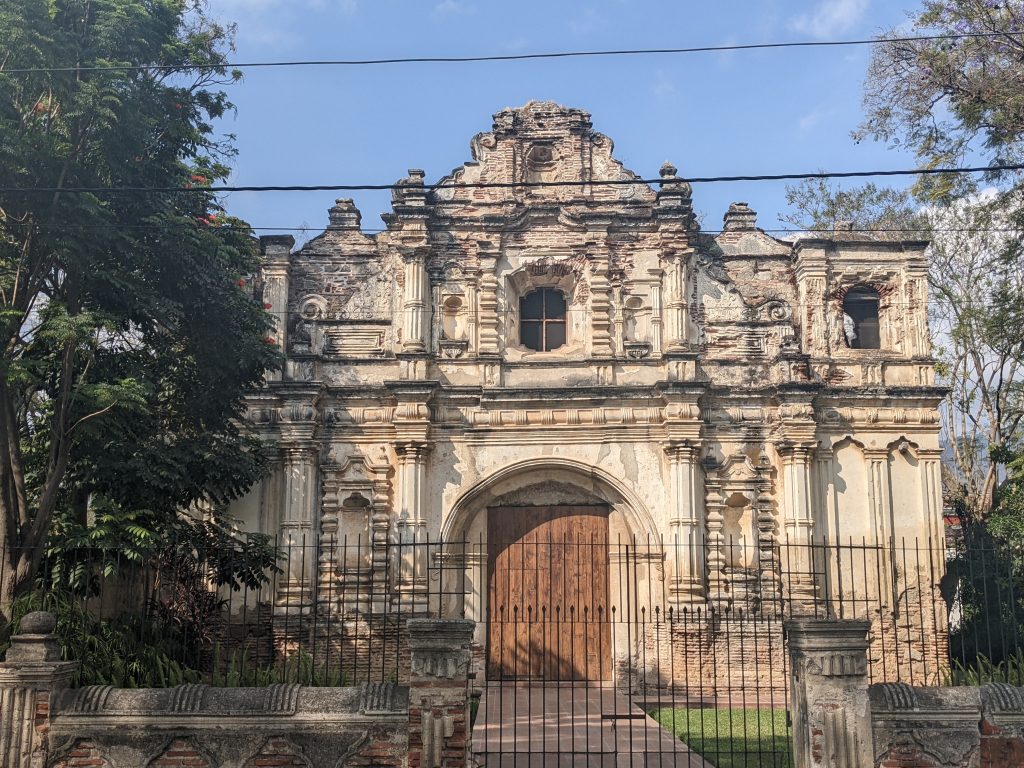
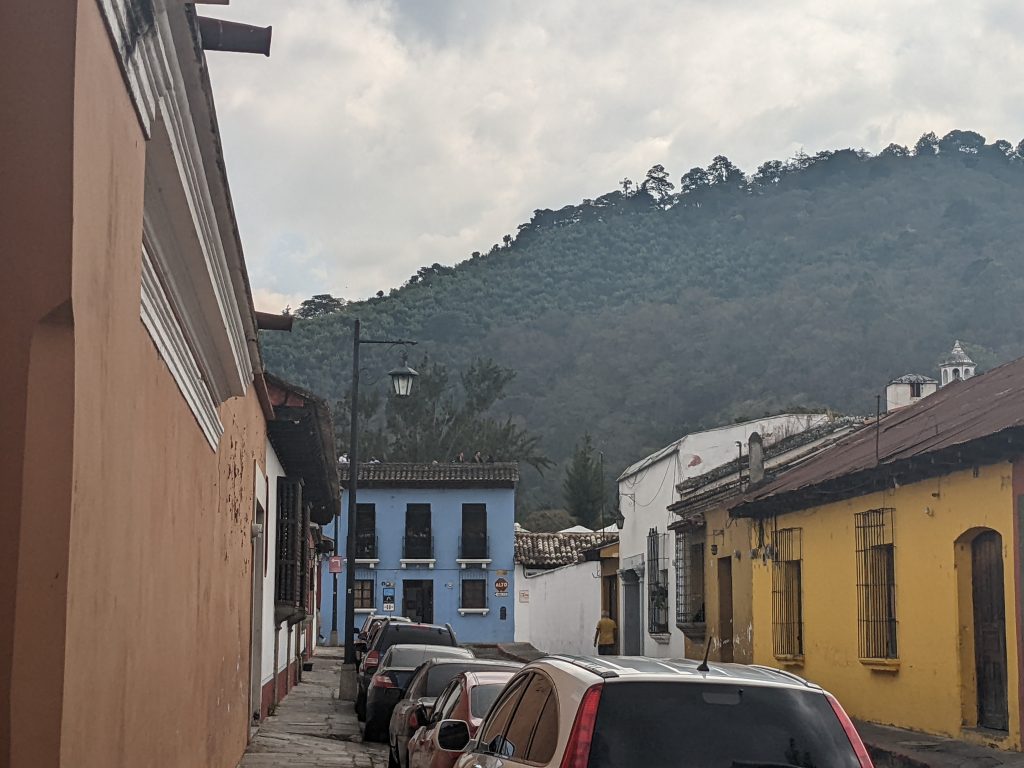
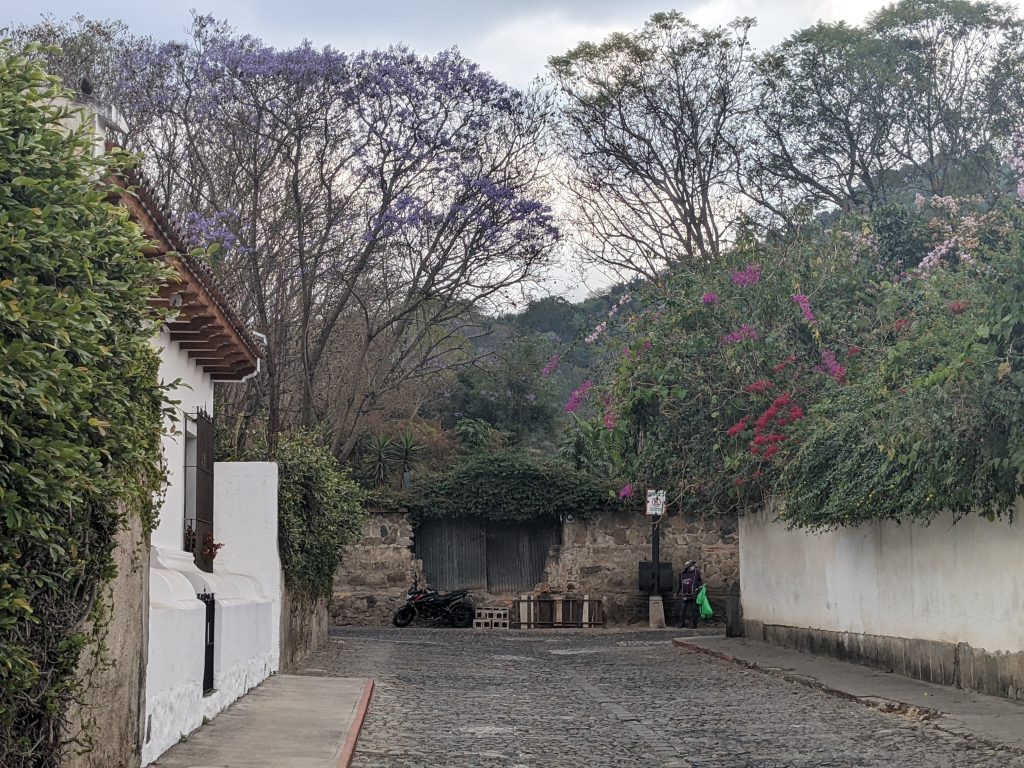
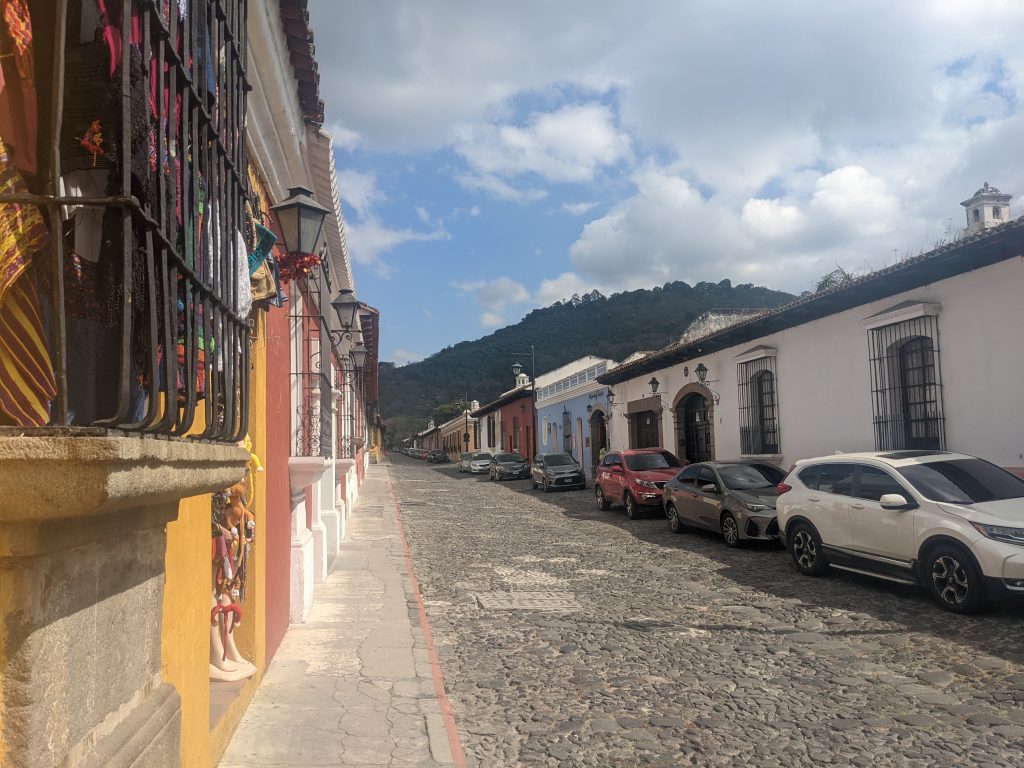
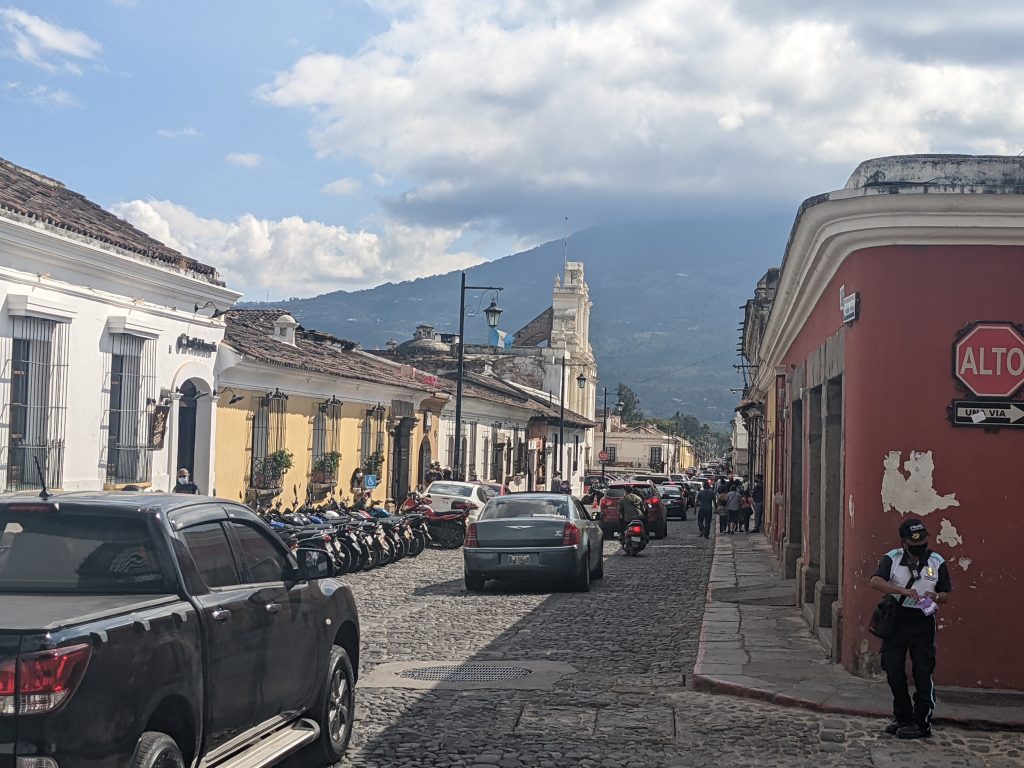
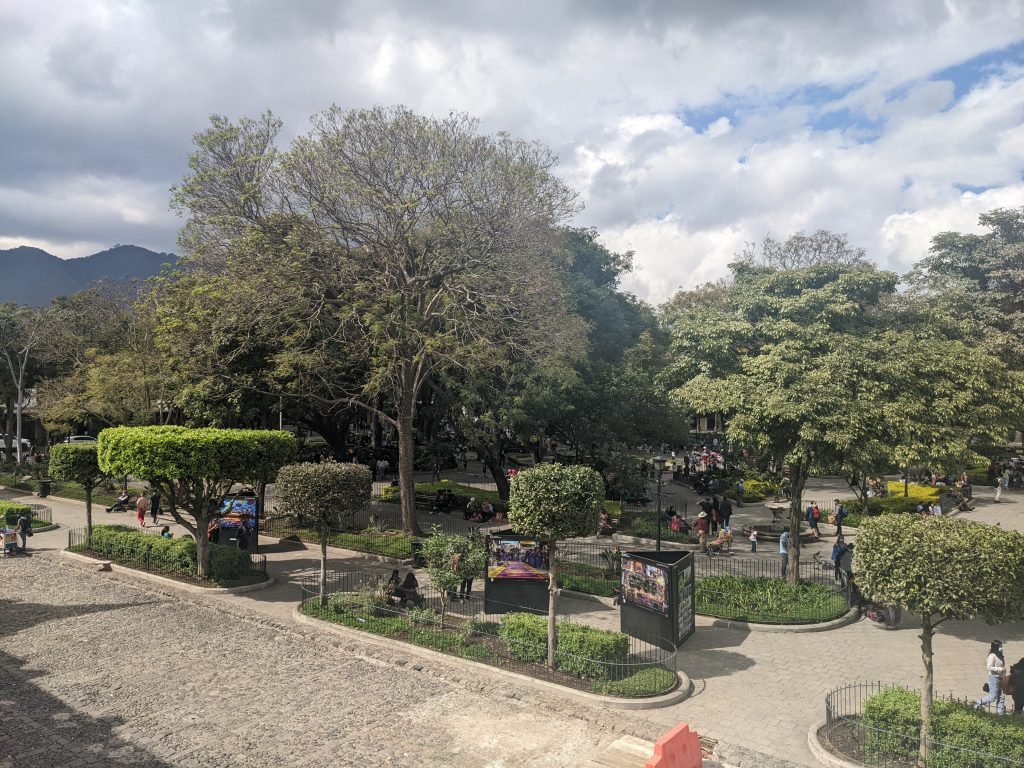
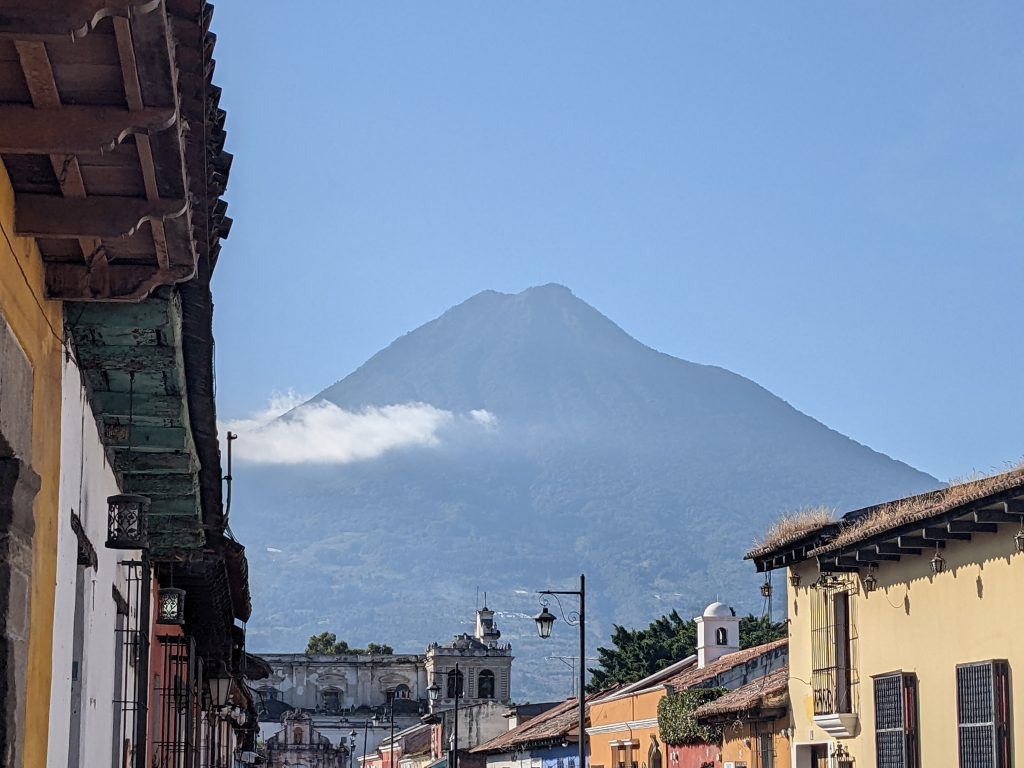
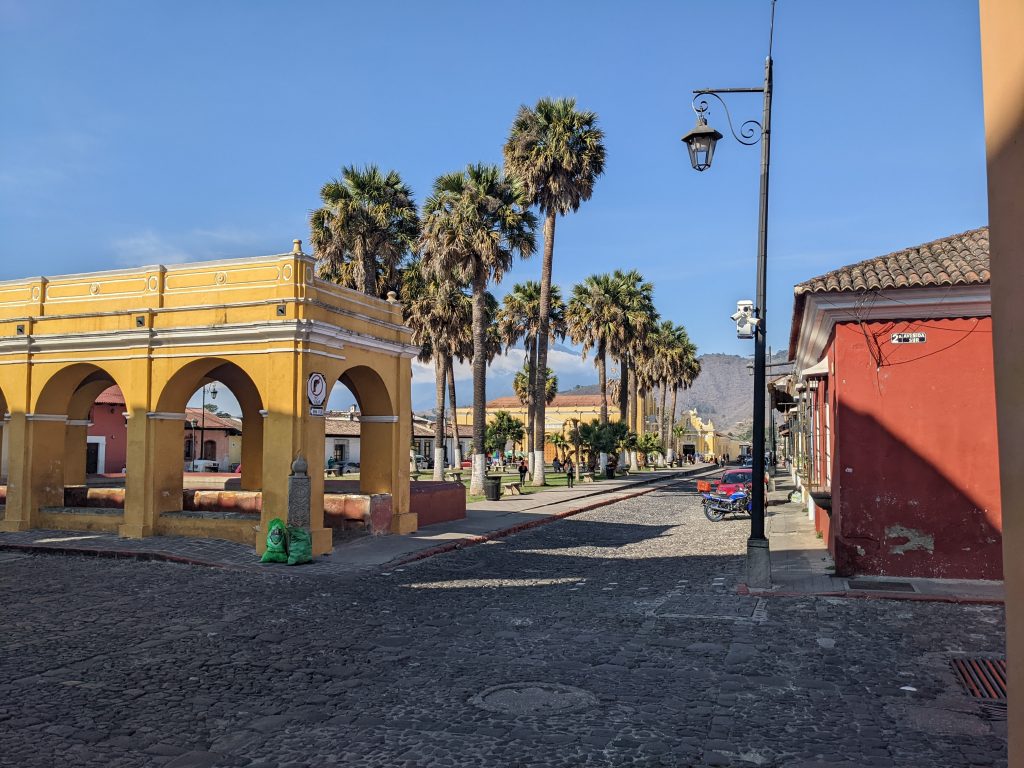
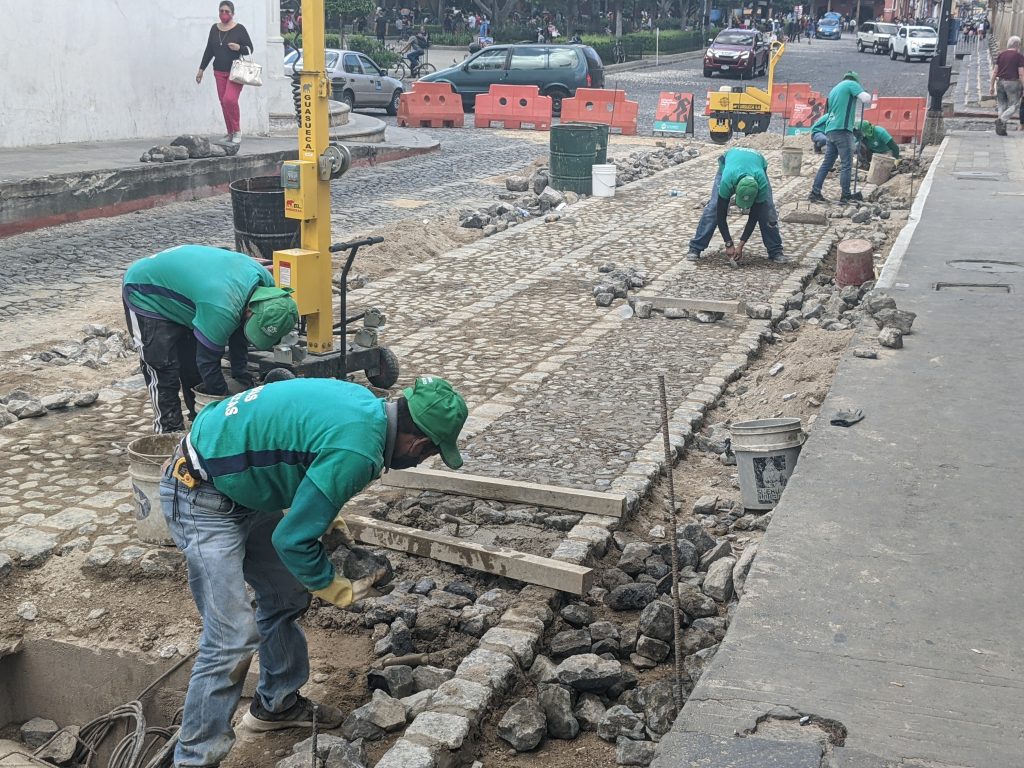
I did a short climb to the the Cerro de La Cruz park which provides a nice view looking down on the city
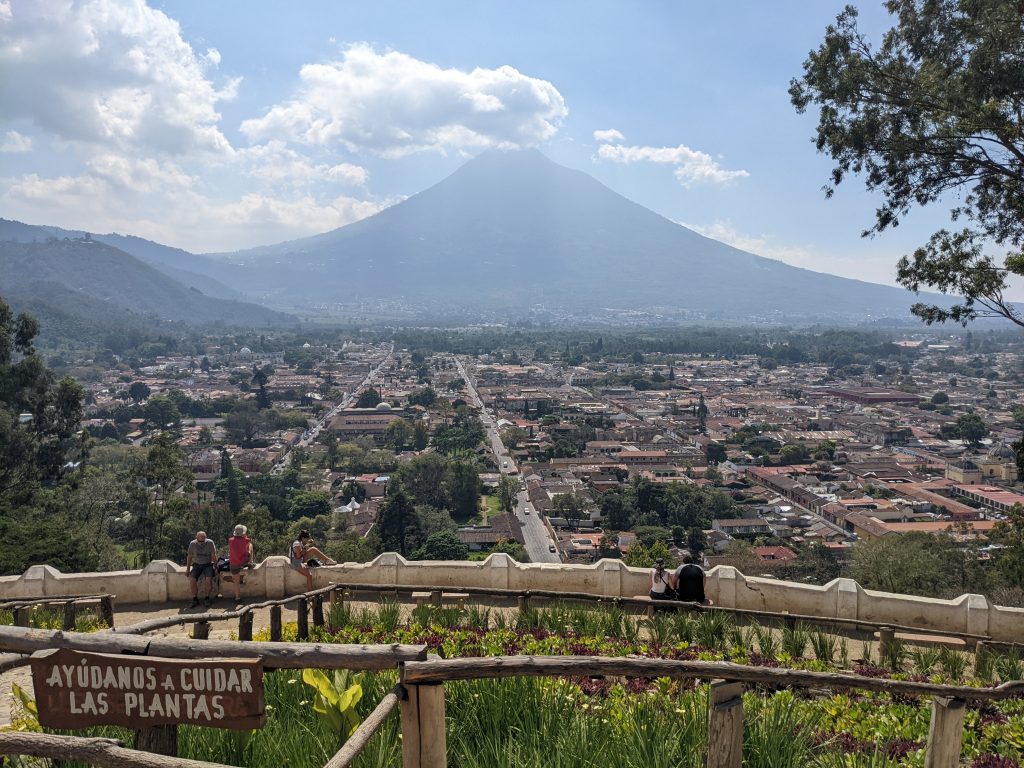
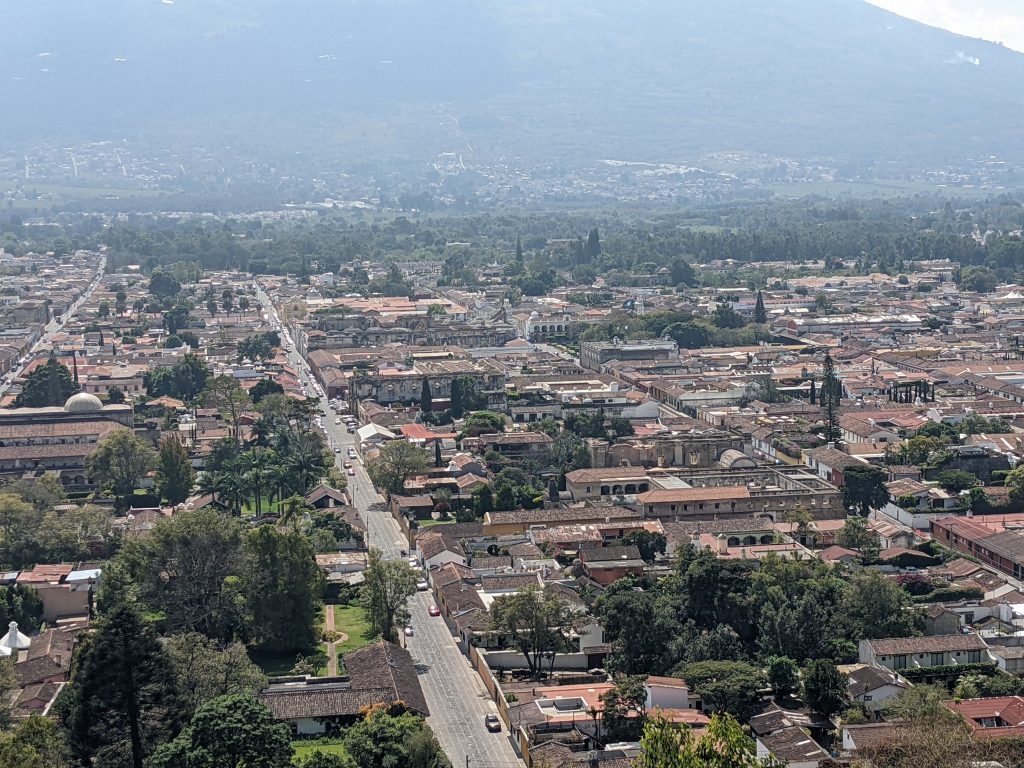
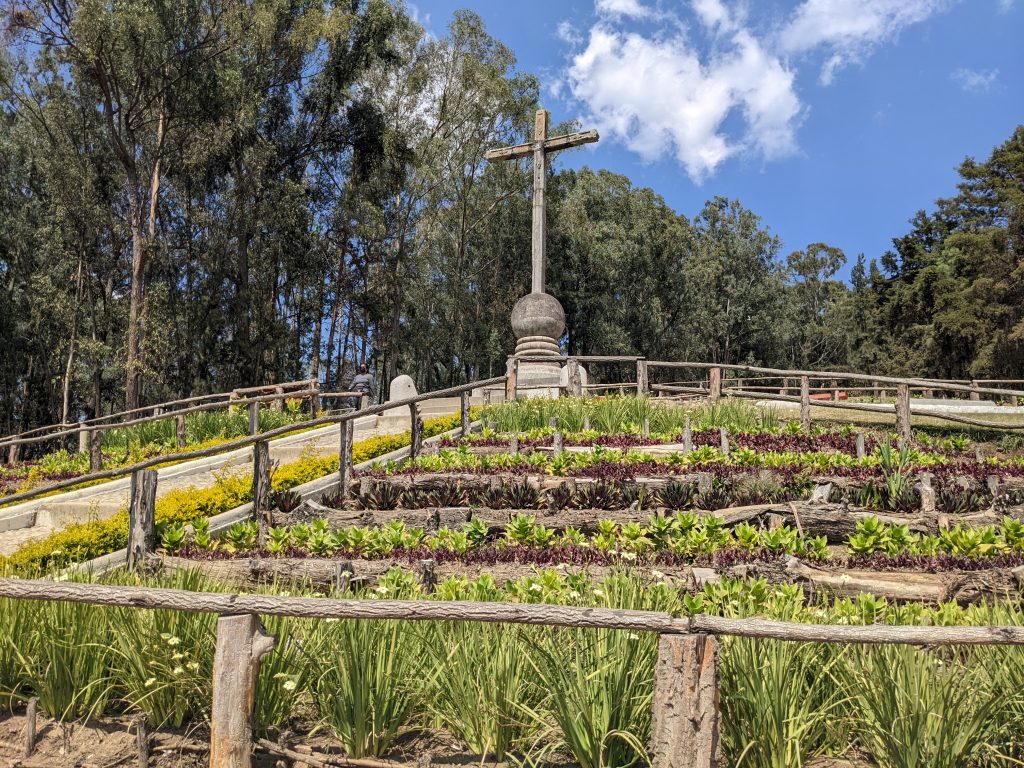
Catedral San Jose was built in the 1540s. Much of it was destroyed in the subsequent 18th century earthquakes.
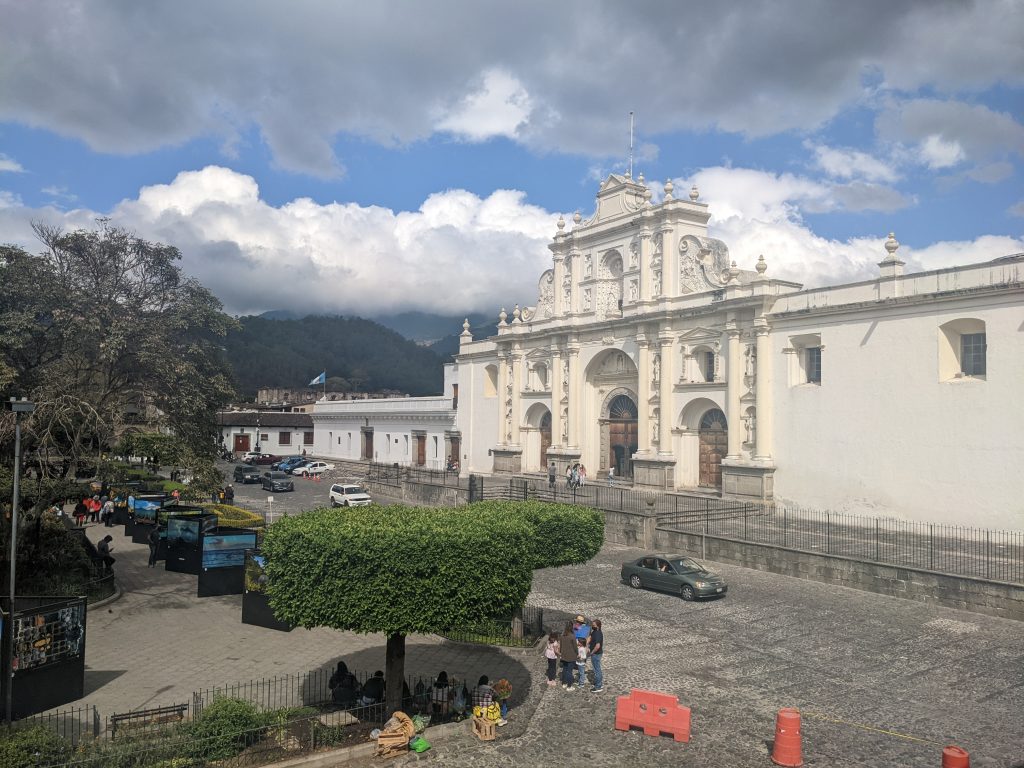
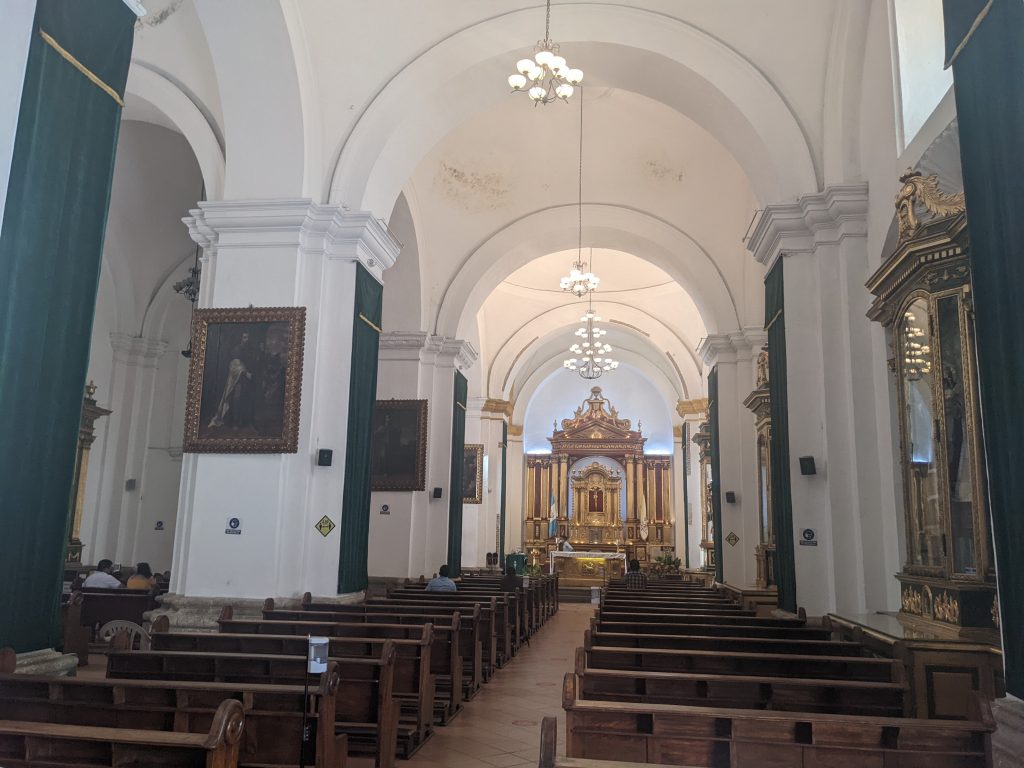
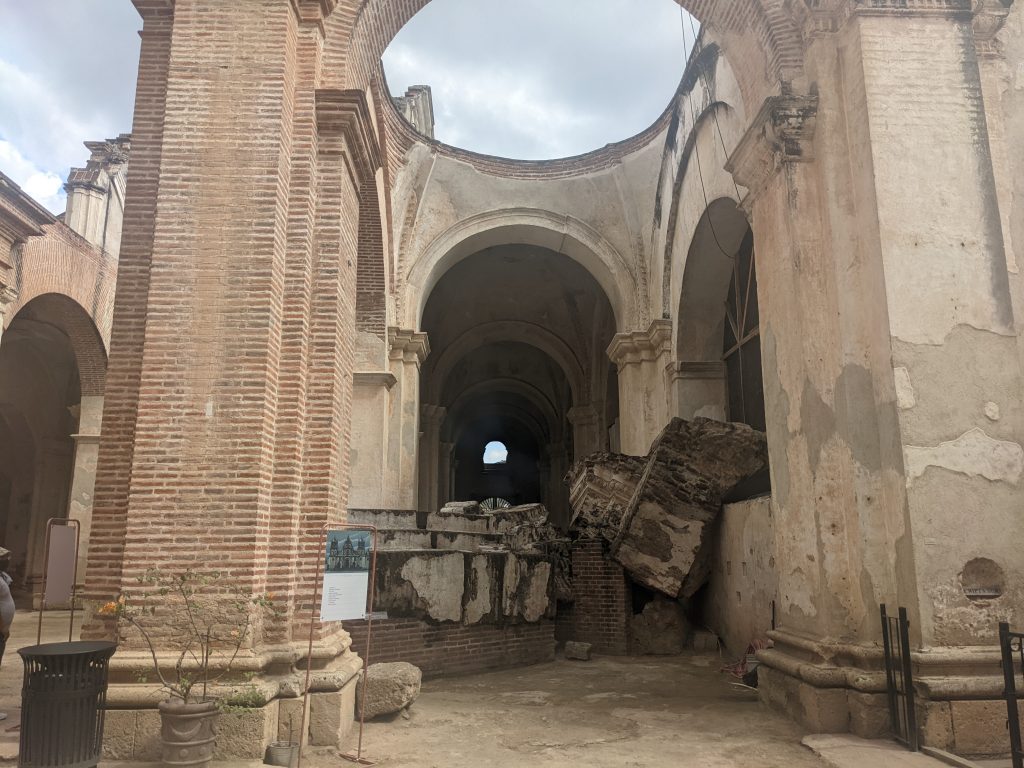
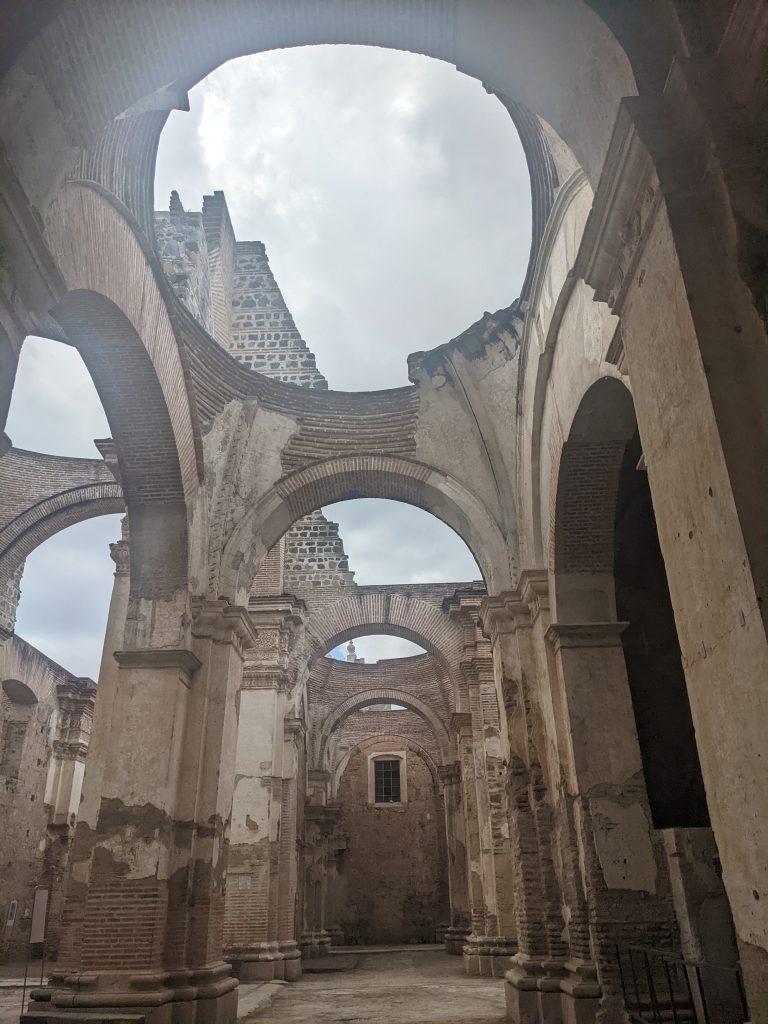
The Real Palacio de los Capitanes Generales was established in 1626 as a Jesuit monastery and college. After being destroyed in the 1773 quake it was mostly rebuilt by the Spanish government and is now a cultural center. Some of the original ruins are still in place, which provides a nice contrast.
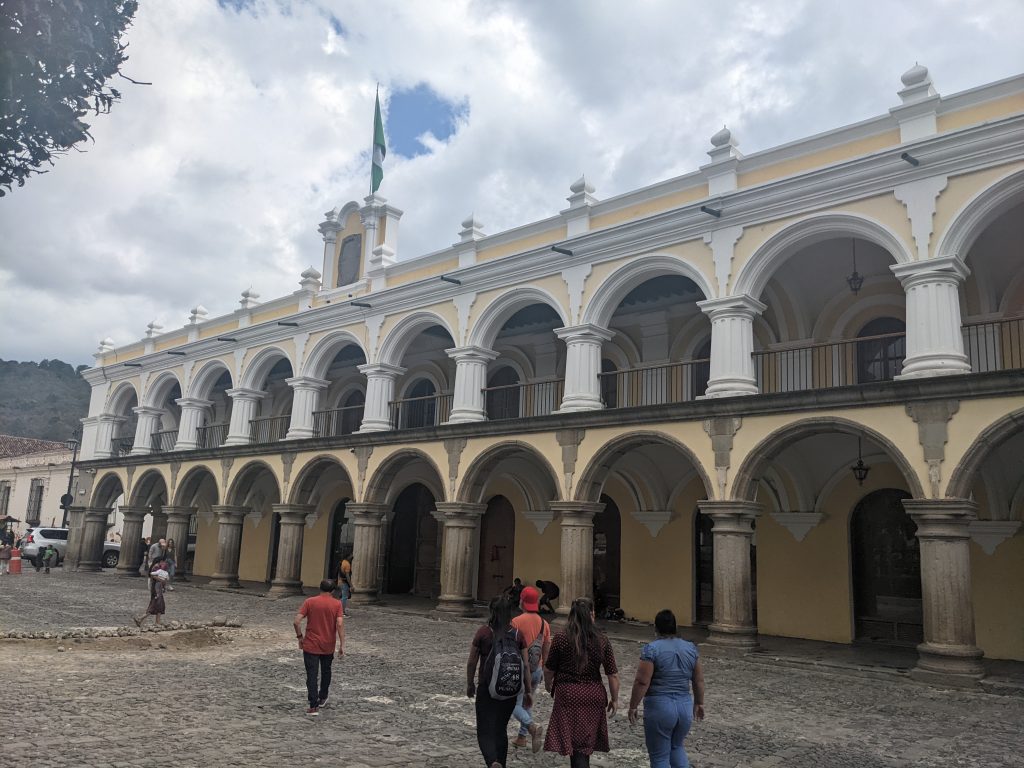
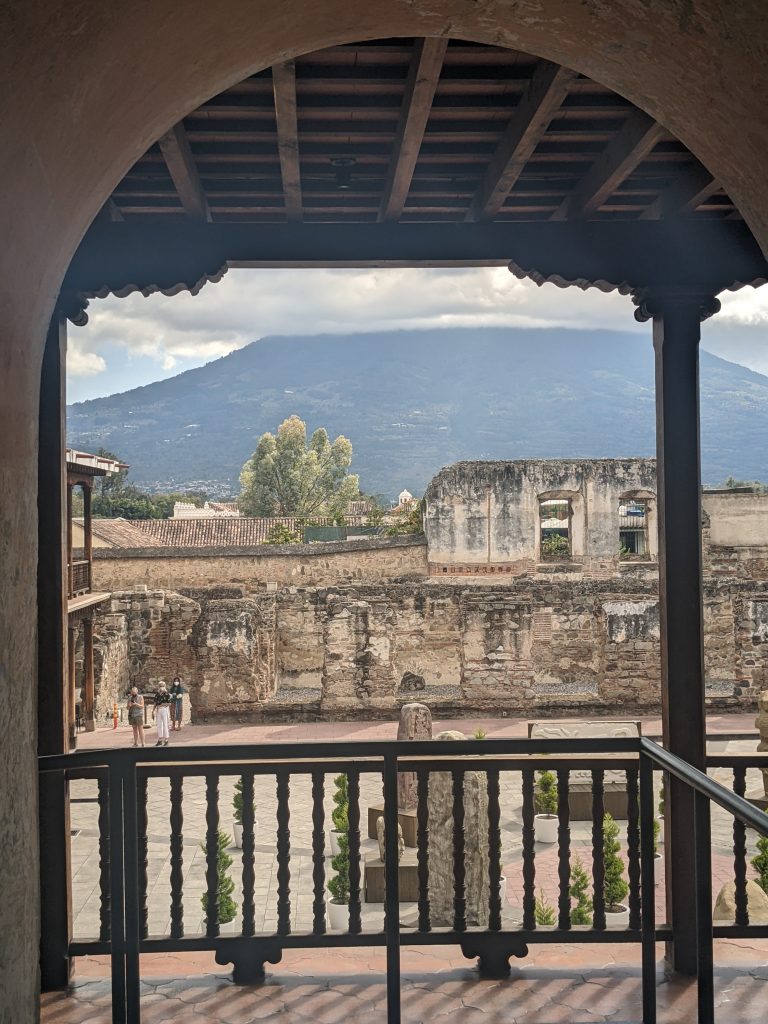
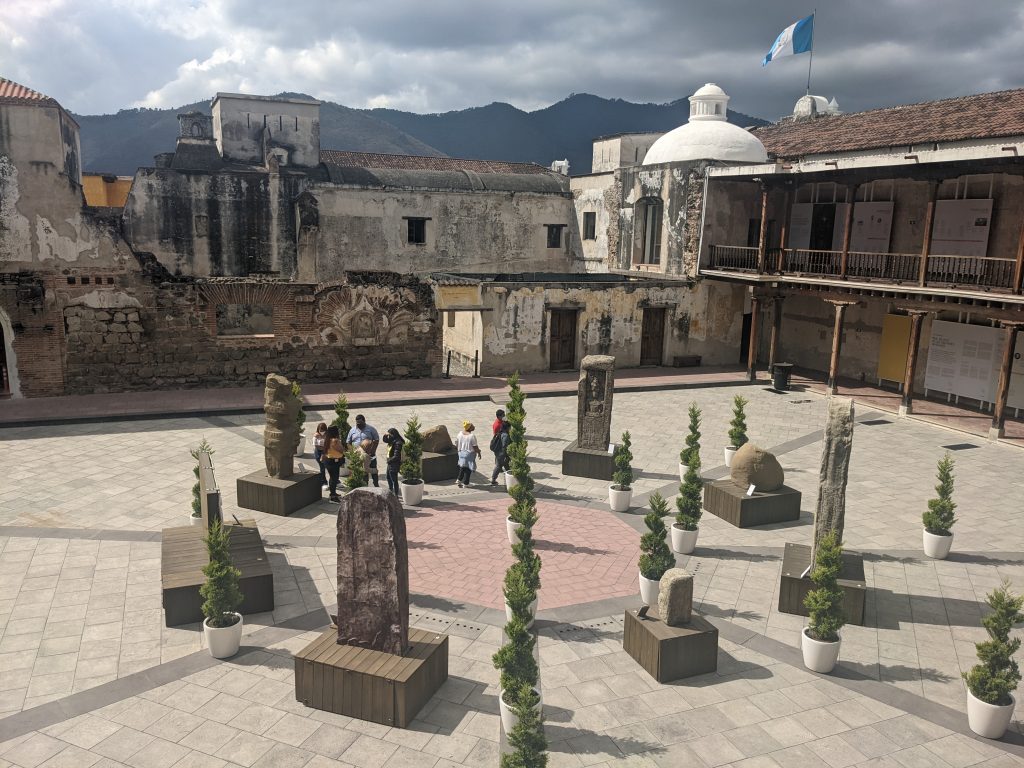
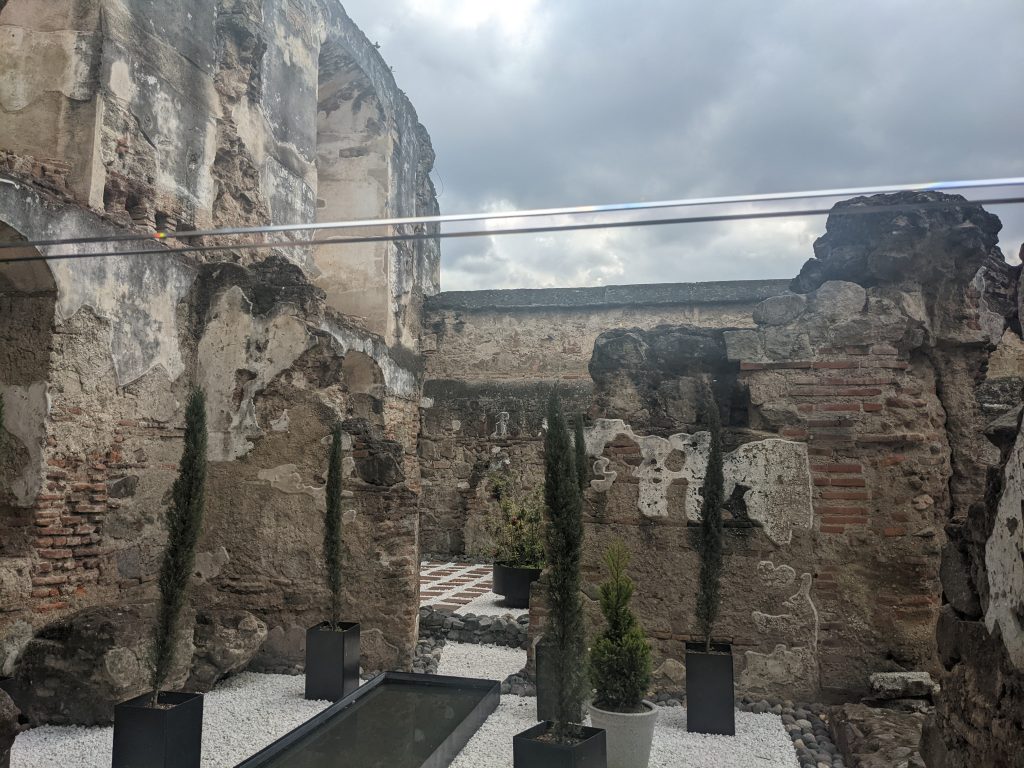
The Iglesia y Convento de Santo Domingo was founded by Dominican friars in 1542 and became the largest and richest monastery in Antigua. Unfortunately it too was devasted by the 1773 earthquake. After being privately owned by a North American archeologist it was taken over by the Casa Santo Domingo Hotel and the architectural zone has been renovated into a series of museums. The combination of a world class hotel in the middle of Spanish ruins makes for a wonderful place to visit.
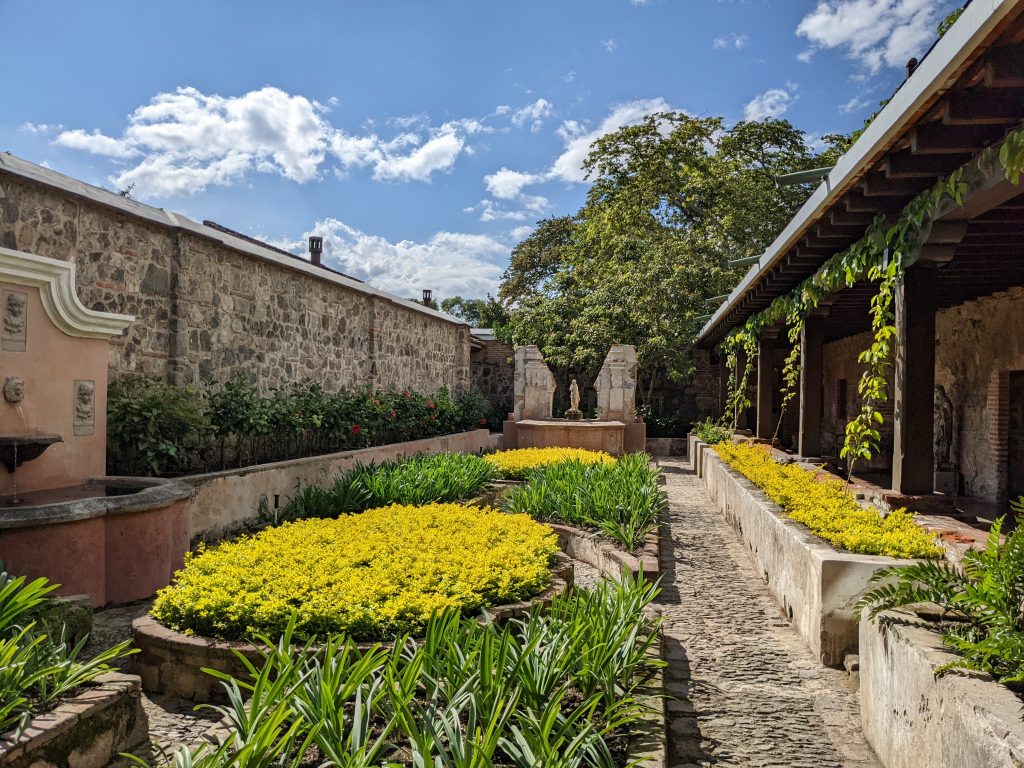
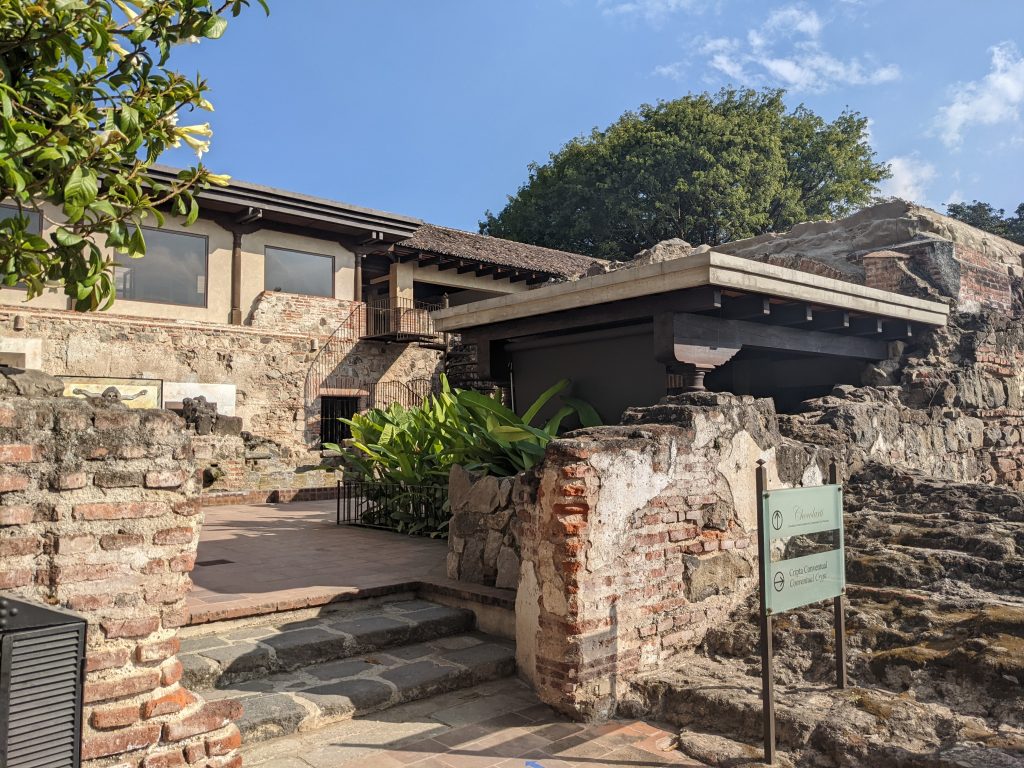
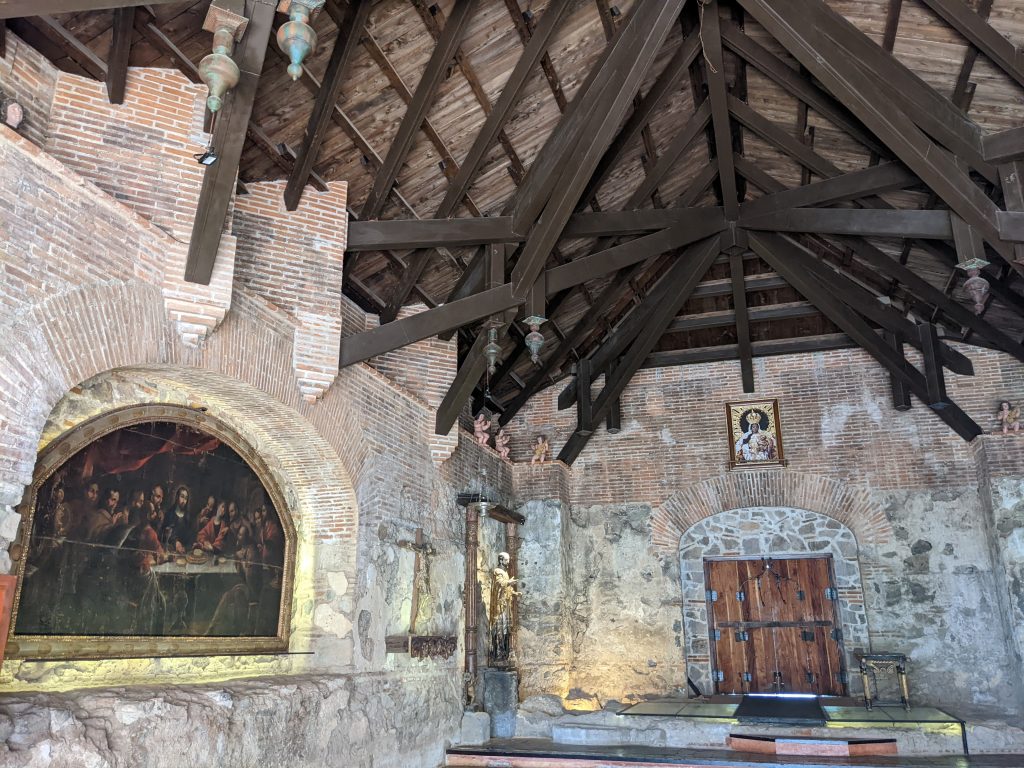
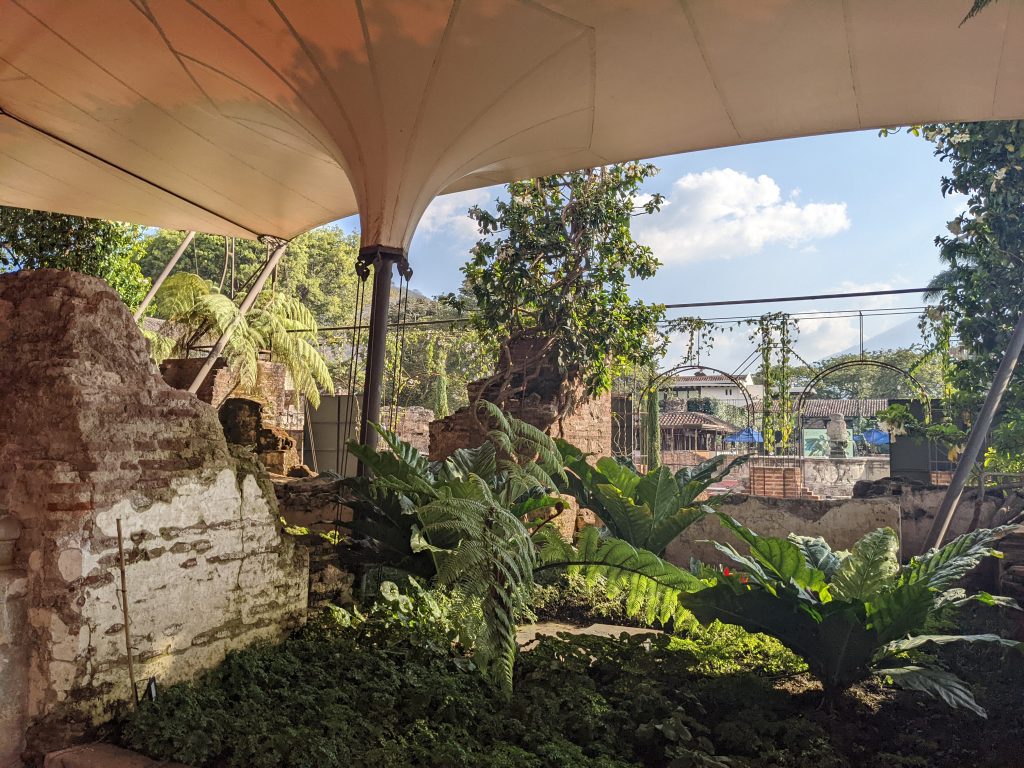
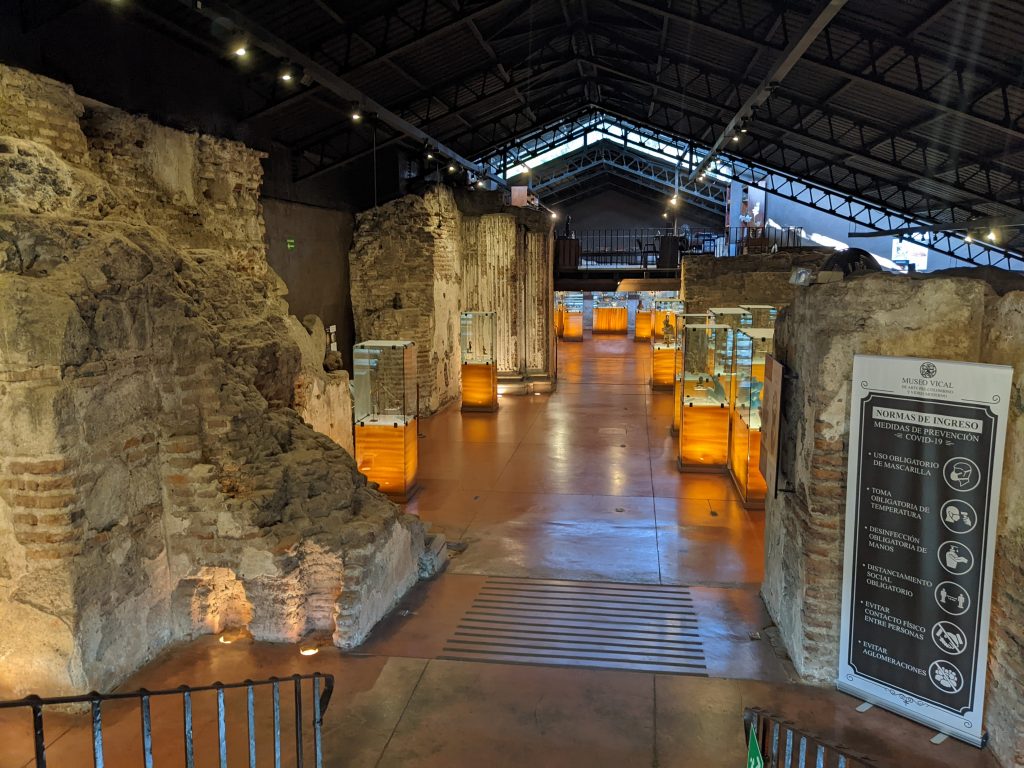
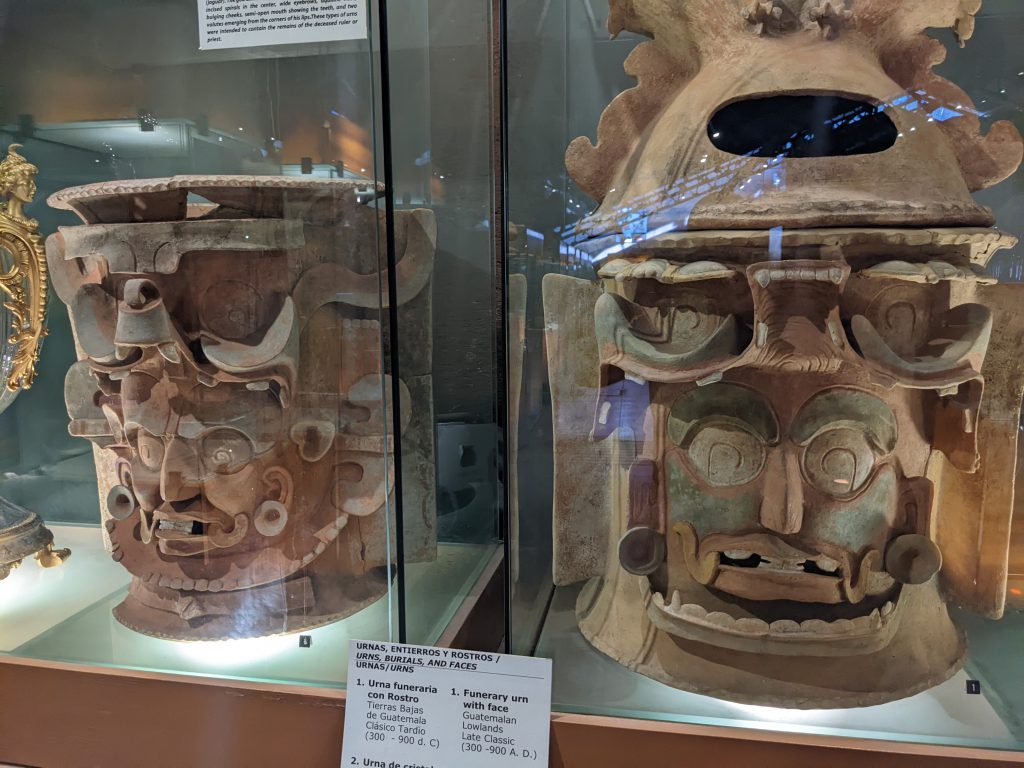
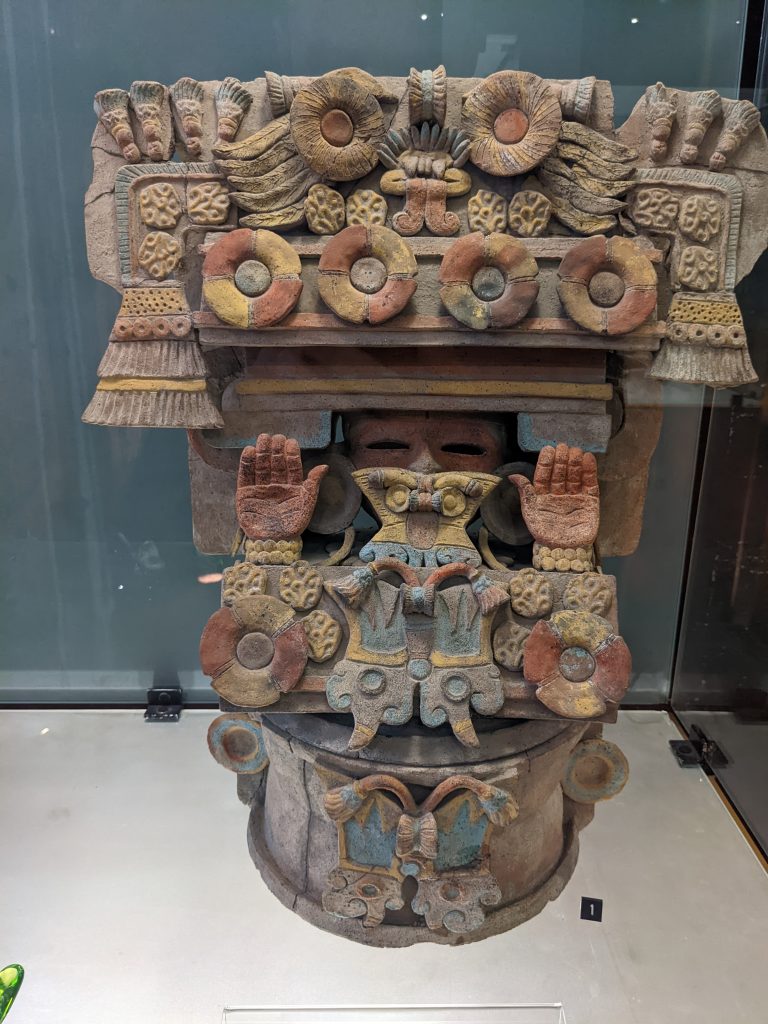
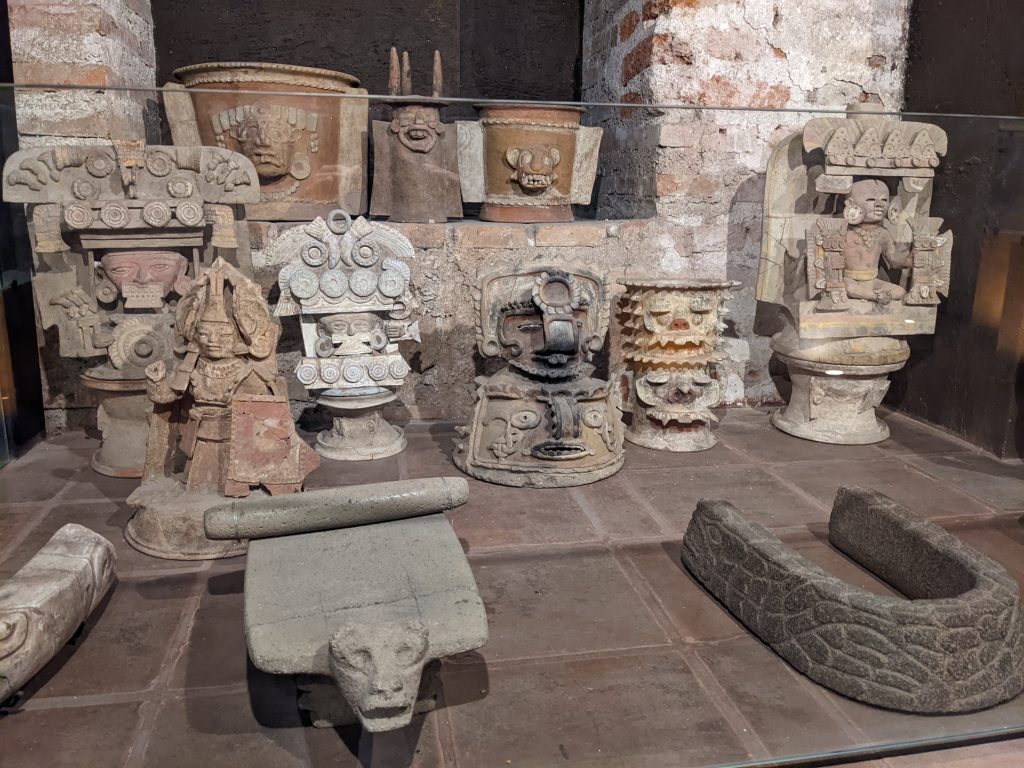
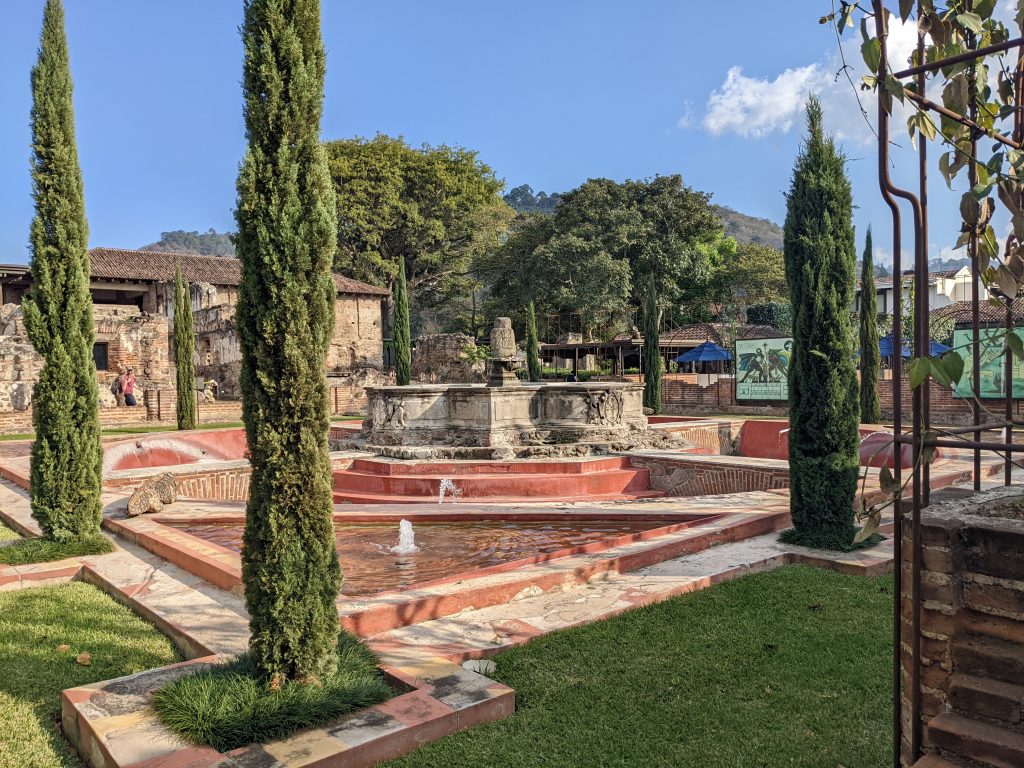
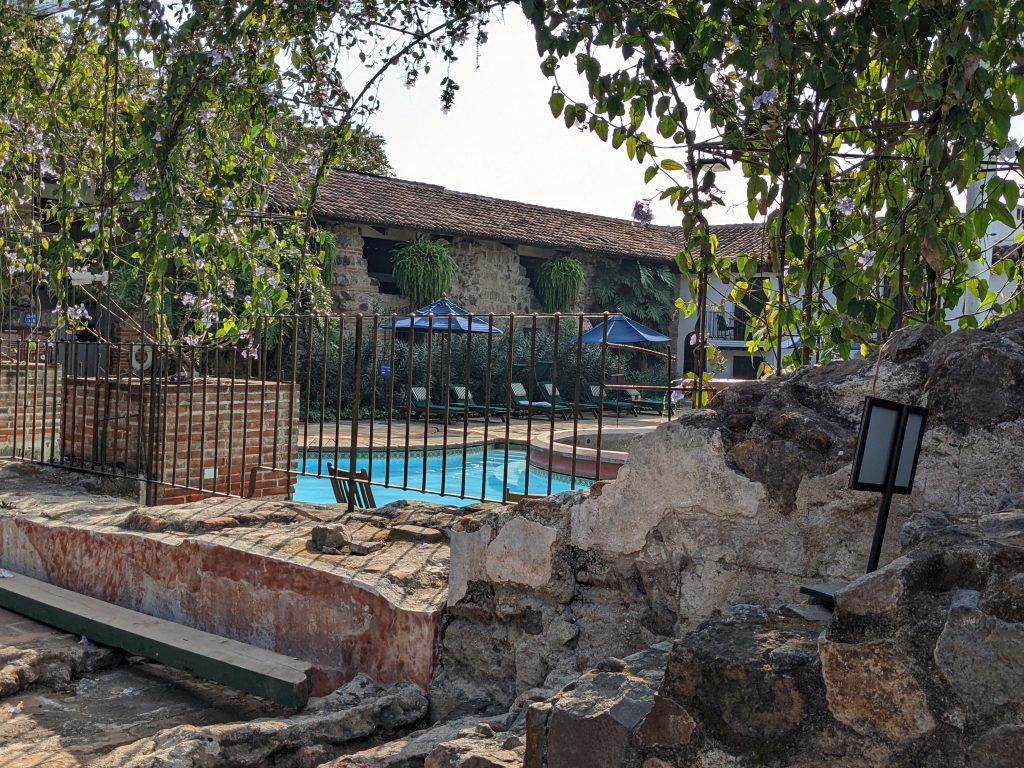
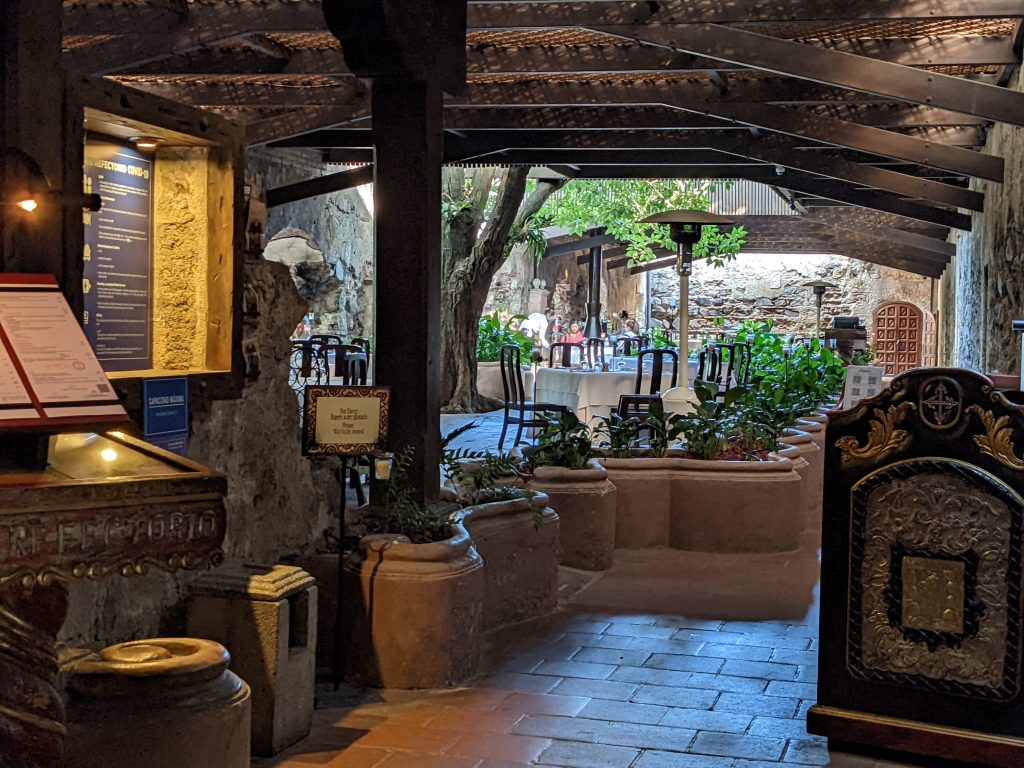
I had a really peaceful Airbnb apartment built within a private residence.
